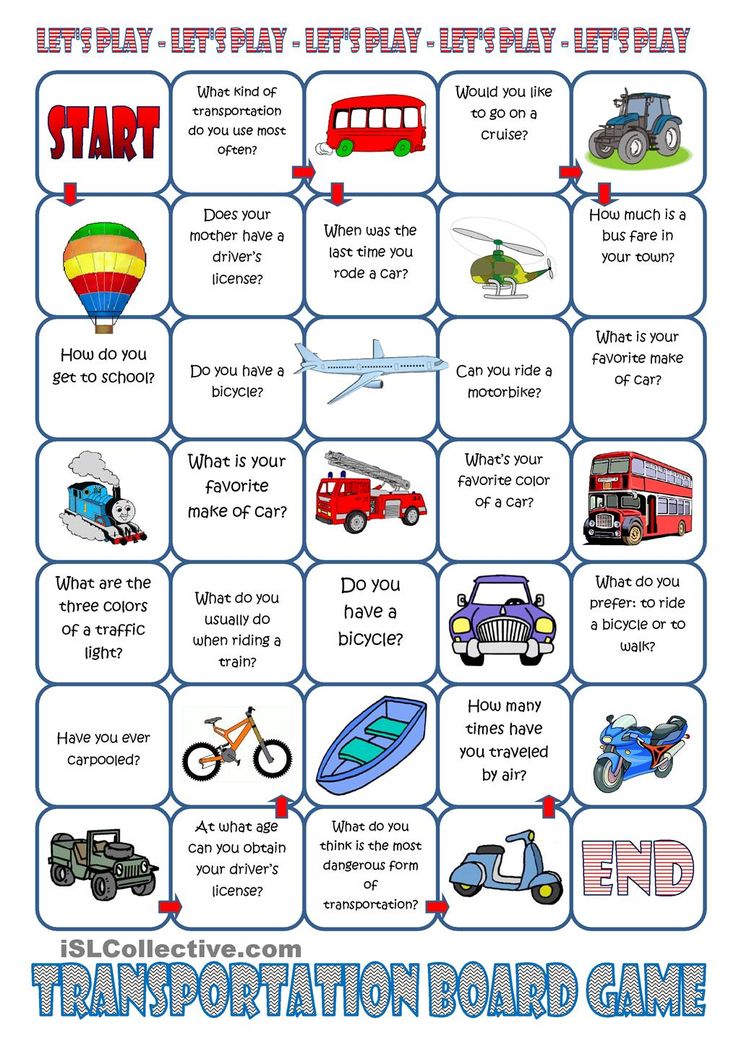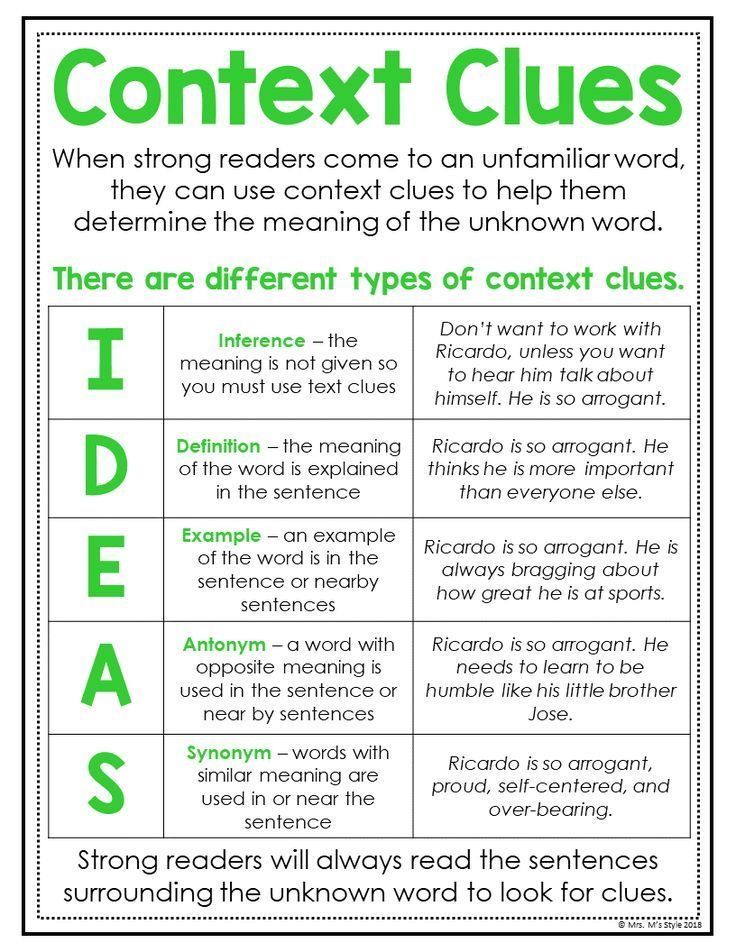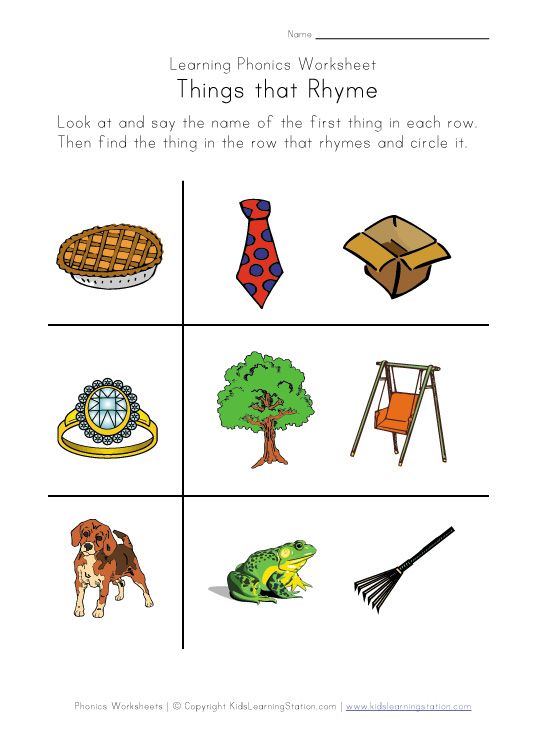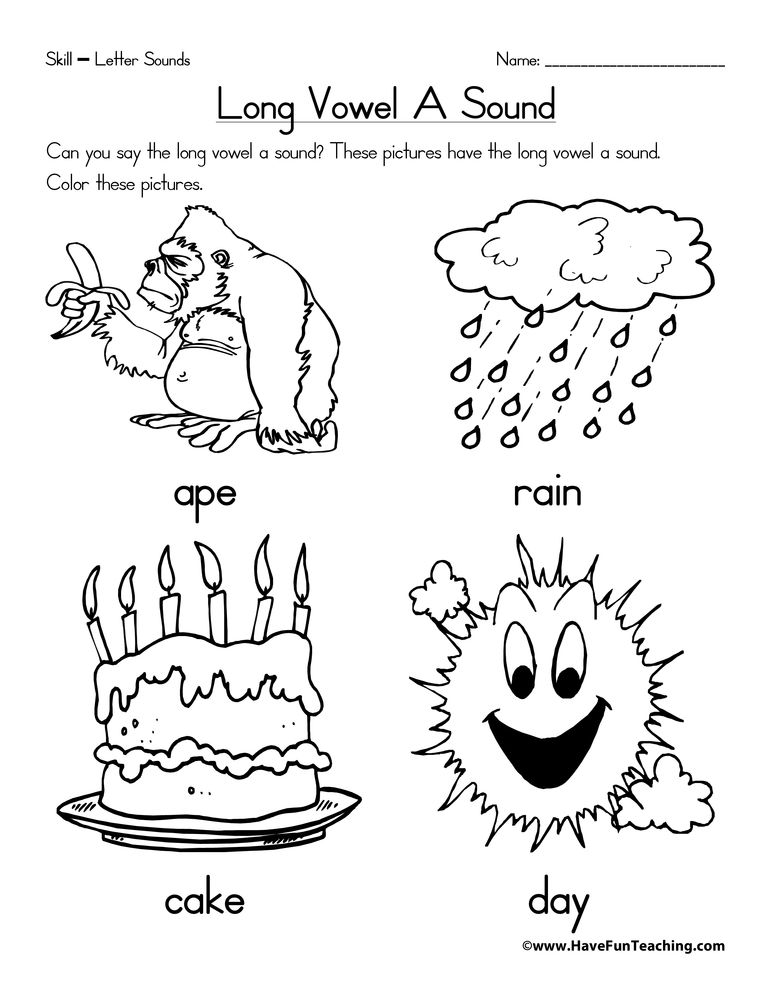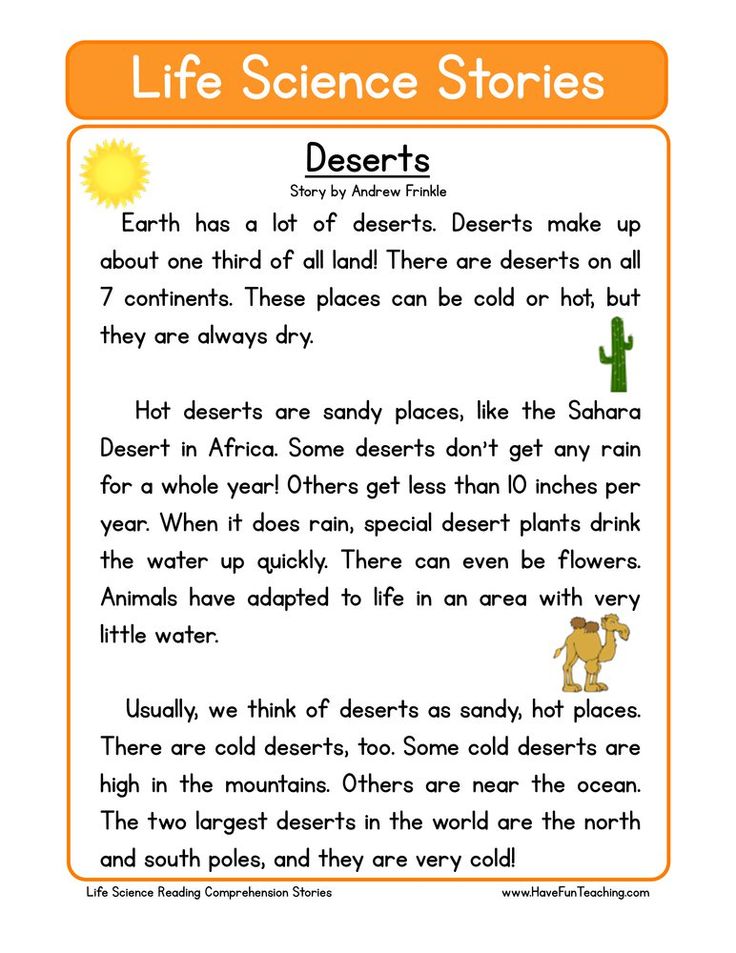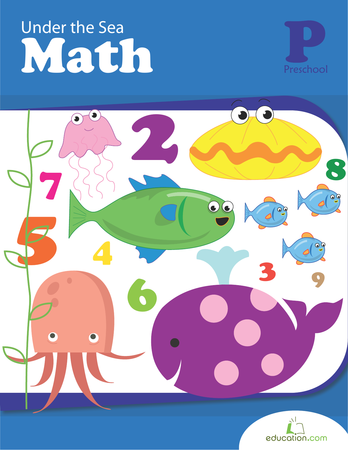Child vocabulary list
The Basic Spelling Vocabulary List
By: Steve Graham, Karen R. Harris, Connie Loynachan
This list was created to help teachers know which spelling words should be taught to kids in grades 1–5. The list contains 850 words that account for 80 percent of the words children use in their writing — the ones they need to be able to spell correctly.
This list was devised to help educators know which spelling words should be taught to children. The list contains 850 words that account for 80 percent of the words children use in their writing — the ones they need to be able to spell correctly.
Mastering this relatively small corpus of words yields a high rate of return. For example, the most common 1,000 words are used 13 times more frequently than the next most common 1,000 words. It also provides teachers flexibility in planning spelling instruction, providing an opportunity to give children the "basics" while supplementing with other spelling words germane to classroom activities.
Grade level for each word was determined based upon difficulty, pattern of occurrence in children's writing across grades, and grade placement on current vocabulary lists and spelling materials.
Words that children have difficulty spelling correctly are marked with an asterisk.
Grade 1 | |||
|---|---|---|---|
| a | fat | like* | sat
|
Back to Top
Grade 2 | |||
|---|---|---|---|
| about* | father* | lives | set |
Back to Top
Grade 3 | |||
|---|---|---|---|
| able | even | mind | spelling |
Back to Top
Grade 4 | |||
|---|---|---|---|
| across | during | mountain | sure* |
Back to Top
Grade 5 | |||
|---|---|---|---|
| although | different* | planet | suddenly
|
Back to Top
Graham, S.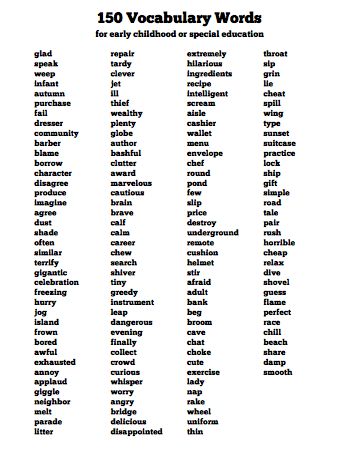 , Harris, K.R. and Loynachan, C. (1993). The Basic Spelling Vocabulary List. Journal of Educational Research 86(6) 363-368.
, Harris, K.R. and Loynachan, C. (1993). The Basic Spelling Vocabulary List. Journal of Educational Research 86(6) 363-368.
Reprints
You are welcome to print copies for non-commercial use, or a limited number for educational purposes, as long as credit is given to Reading Rockets and the author(s). For commercial use, please contact the author or publisher listed.
Related Topics
Early Literacy Development
Spelling and Word Study
Vocabulary
Writing
New and Popular
100 Children’s Authors and Illustrators Everyone Should Know
A New Model for Teaching High-Frequency Words
7 Great Ways to Encourage Your Child's Writing
All Kinds of Readers: A Guide to Creating Inclusive Literacy Celebrations for Kids with Learning and Attention Issues
Screening, Diagnosing, and Progress Monitoring for Fluency: The Details
Phonemic Activities for the Preschool or Elementary Classroom
Our Literacy Blogs
Shared Reading in the Structured Literacy Era
Kids and educational media
Meet Ali Kamanda and Jorge Redmond, authors of Black Boy, Black Boy: Celebrating the Power of You
Get Widget |
Subscribe
100 Vocabulary Words Kids Should Know ~ Jersey Family Fun
By: Author Jennifer Auer
Posted on Published:
I admit when I was a high school student I didn’t know all the vocabulary words kids should know.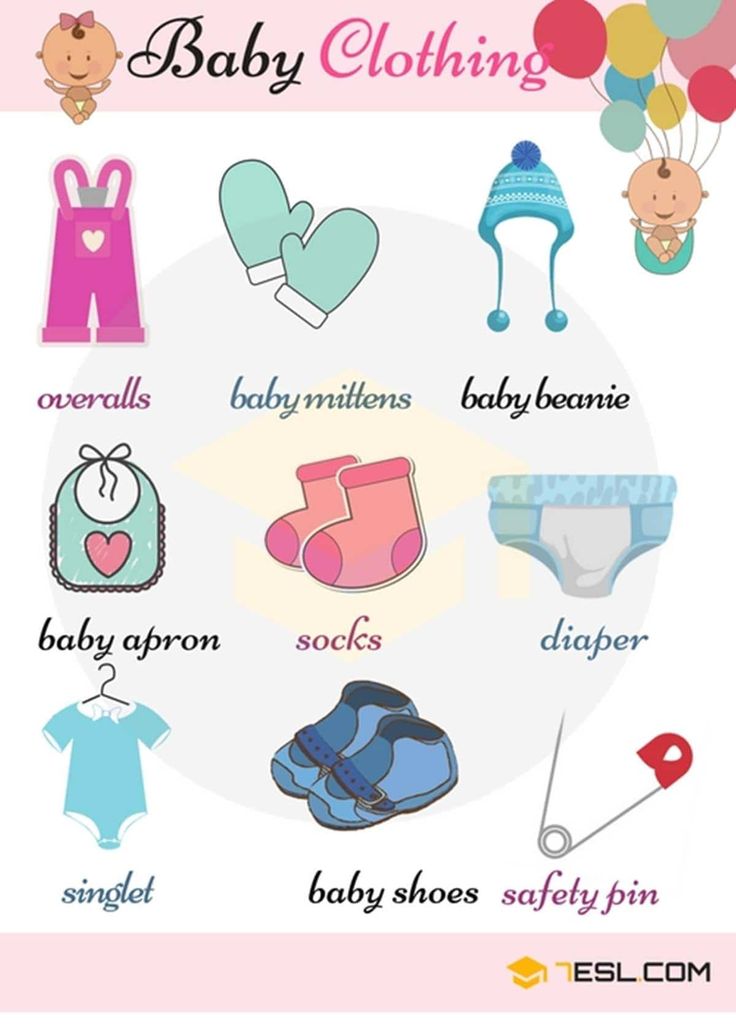 I didn’t take vocabulary as seriously as I should and I didn’t think about how important it would be to me years later.
I didn’t take vocabulary as seriously as I should and I didn’t think about how important it would be to me years later.
Fast forward to my twenties when I was a teacher for the Princeton Review. I learned then that there was a core 500 vocabulary words kids should know for the SAT. Yes, it’s true. Turns out the College Board has this list of words that they regularly use in the verbal and reading sections of the SAT. Knowing those words can mean the difference between the minimum score or one a hundred points or more higher. Over the course of a 6-week SAT prep course we would work to help students memorize these words. Fifty words a week, it’s a lot, but it’s what happens if you wait till right before the SAT to prep for it.
What if though, instead of waiting till the SATs, we started working with our kids now on their vocabulary skills? Wouldn’t it be easier to study and learn 5 words a week of the vocabulary words kids should know than waiting till they are in high school?
After all, vocabulary shows up EVERYWHERE! It’s not just on the SAT your child will take in high school.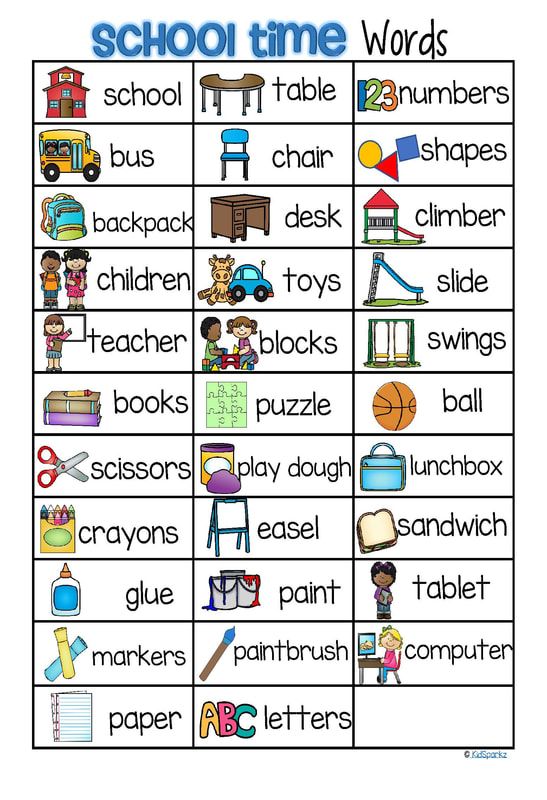 Vocabulary plays a role in nearly every standardized test students take from grade school through post college. When it comes to essay writing, using impressive vocabulary words and using them correctly can make the difference between an average grade and the best grade possible.
Vocabulary plays a role in nearly every standardized test students take from grade school through post college. When it comes to essay writing, using impressive vocabulary words and using them correctly can make the difference between an average grade and the best grade possible.
Your understanding of what you read and hear is, to a very large degree, determined by your vocabulary, so improve your vocabulary daily.
Zig Ziglar
With that in mind, as part of our Jersey Classroom, I have reviewed the latest recommended lists of vocabulary words kids should know and combined that with my love of New Jersey and experience as a teacher. I have developed 20 lists of vocabulary words, 5 words each and I have grouped them around themes such as places kids like to visit and things they like to do in New Jersey such as Medieval Times, Historic Cold Spring Village, Six Flags Great Adventure, the Tuckerton Seaport, Wild West City, Jersey Shore Pirates, and more.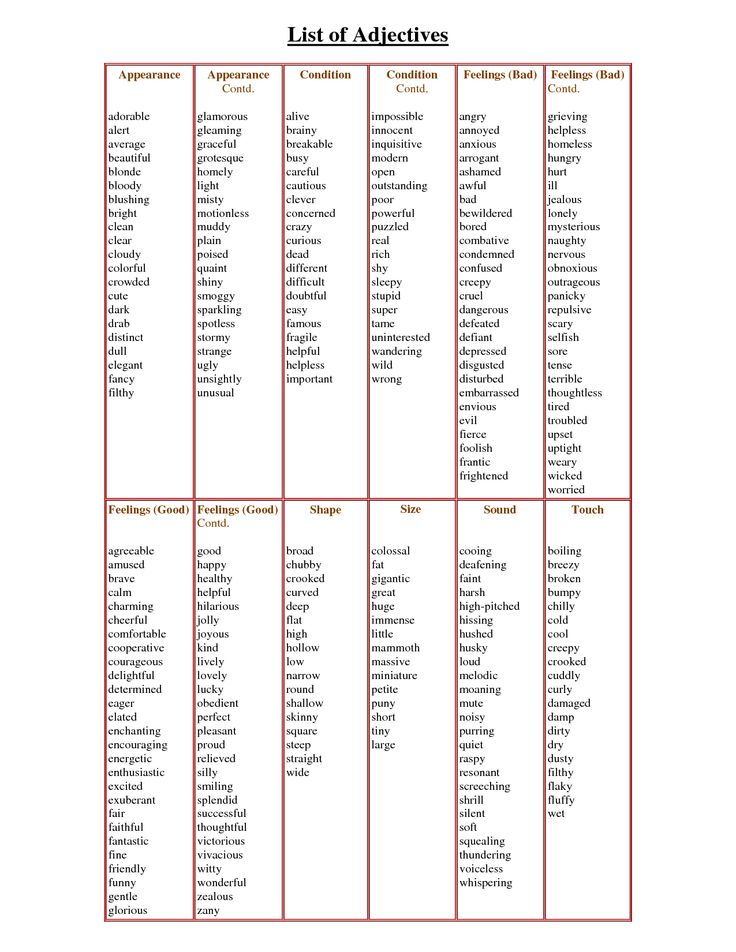 Because when kids can associate vocabulary words with things that are relevant to them they are more likely to retain what those words mean.
Because when kids can associate vocabulary words with things that are relevant to them they are more likely to retain what those words mean.
100 Vocabulary Words Kids Should Know
Beginning September 1, 2020, I will begin sharing vocabulary words kids should know centered around themes that will make it easier for kids to remember. There will be a different vocabularly list for each school week, until December 21, 2020. From December 19, 2020 till January 1, 2021 no new lists will be posted. We’ll be taking a winter break and encourage you all to do so as well. The vocabulary lists will be back on January 4, Mondays through Fridays, until January 29, 2021. That will make for 20 weeks of vocabulary lists of 5 words each. Depending on what is happening with our schools and the popularity of our vocabulary lists, we may continue on beyond that.
This week’s 5 Vocabulary Words Kids Should Know
We’ll define each of this week’s vocabulary words below BUT we encourage you to download and print out our vocabulary worksheet and have your children use a dictionary to look up each word themselves, as that is part of the requirement for the learning standard. The link to download and print is below the list of words. Then, you can use our list below to check their work.
The link to download and print is below the list of words. Then, you can use our list below to check their work.
This week’s vocabulary theme is Words from boardwalk games.
aptitude
Part of speech – noun
Definition – a natural ability, talent
tactic
Part of speech – noun
Definition – viewing the future with anxiety or alarm : feeling or showing fear or worry about the future
debris
Part of speech – noun
Definition – the remains of something broken down or destroyed -balloon dart
sabotage
Part of speech – verb
Definition – to destroy or damage (something) deliberately so that it does not work correctly, to cause the failure of (something) deliberately
replenish
Part of speech – verb
Definition – to fill or build up again
September-28-Vocabulary-Boardwalk-Games-listDownload
These worksheets were created with Canva software. It’s easy to use. If you need to create your own printable items check out Canva with my affiliate link.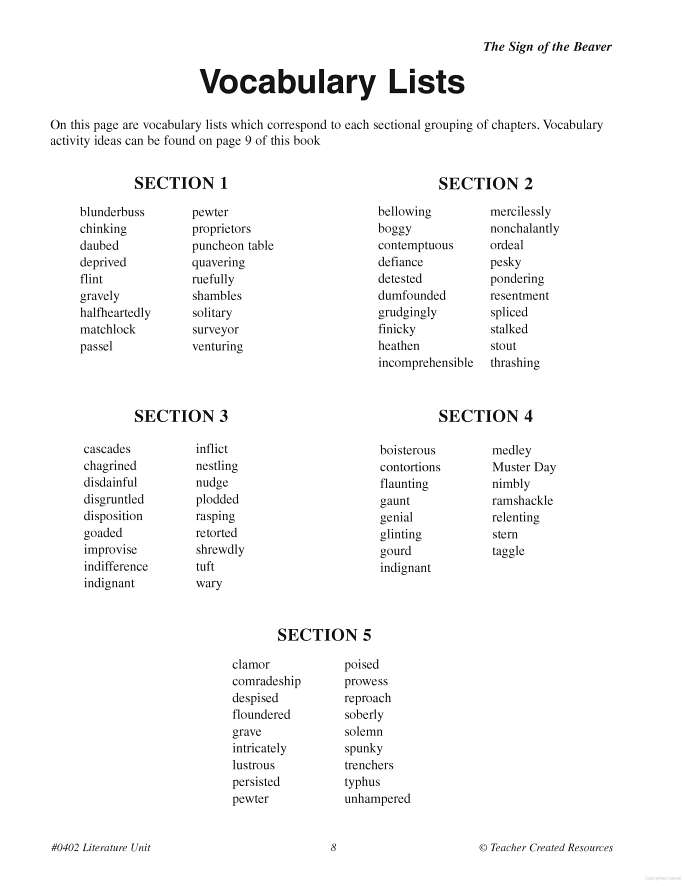
Come back to this post on Friday
On Fridays, we’ll share a printable you can use to test your child on how well they learned this week’s vocabulary words.
October-2-Vocabulary-Boardwalk-GamesDownload
October-2-Vocabulary-Boardwalk-Games-Answer-KeyDownload
What New Jersey Learning Standards are met by developing vocabulary skills?
The following New Jersey Learning Standards are tied to vocabulary skills:
- NJSLSA.L6
For grades fourth through sixth, these progress indicators are tied to vocabulary:
- L.4.4
- L.4.6
- L.5.4
- L.5.6
- L.6.4
- L.6.6
5 Ways to help kids study 100 vocabulary words kids should know
Join the Jersey Classroom
Every school day members of the Jersey Classroom Head of the Class plan get a different printable to help their children build their vocabulary skills.
If you’ve missed our previous week(s)’ vocabulary lists or don’t want to have to visit our site each week for the latest vocabulary list for kids take a look at our Jersey Classroom options.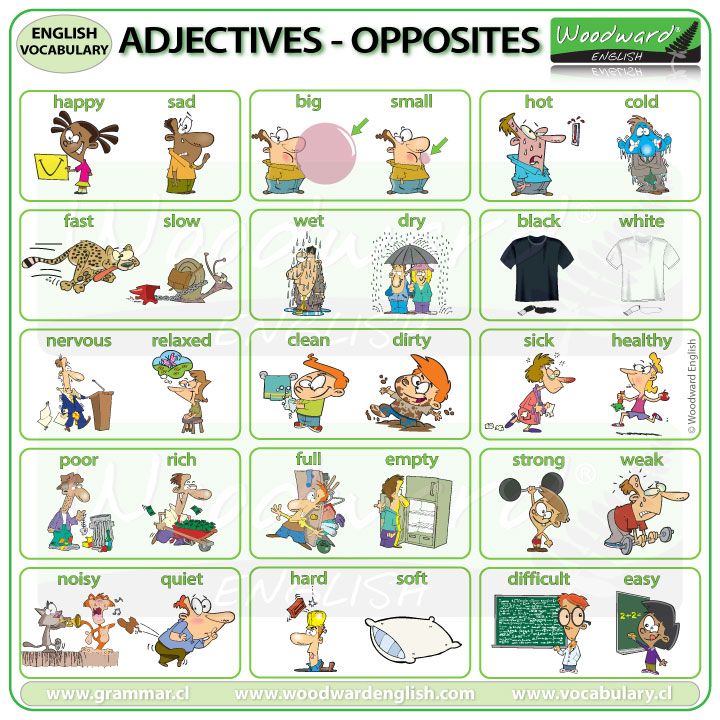 By choosing one of three plans, you’ll be able to have access to past and future vocabulary lists by either visiting a closed Facebook group OR having access to your own online classroom where lists and vocabulary worksheets will be uploaded and stored for your use. I’m creating and uploading new vocabulary lists each week and practice worksheets and printables each school day.
By choosing one of three plans, you’ll be able to have access to past and future vocabulary lists by either visiting a closed Facebook group OR having access to your own online classroom where lists and vocabulary worksheets will be uploaded and stored for your use. I’m creating and uploading new vocabulary lists each week and practice worksheets and printables each school day.
Play Games
Play a board game or other family game that builds vocabulary skills. Some of my favorites include Blurt, Read My List, Pictionary and Noodle Speedoodle. All are available on Amazon with my affiliate link.
- Blurt
- Read My List
- Pictionary
- Noodle Speedoodle
Make Flash Cards
I know it may sound boring, but writing out vocabulary words with their definitions activates other parts of your child’s brain and really does help them remember. It’s as simple as using index cards and writing the word on one side and the definition on the other. If you don’t have index cards cut down a regular sheet of paper into smaller squares. If you want to make it a little more fun, buy some colored index cards to use.
If you don’t have index cards cut down a regular sheet of paper into smaller squares. If you want to make it a little more fun, buy some colored index cards to use.
- I like these blank flashcards in assorted colors I discovered on Amazon. They come in a set of 1000 hole-punched cards with 5 metal sorting rings. I just ordered a set for my kids. Order one for your kids with my affiliate link.
Use it!
The more your kids use the vocabulary words, the more they will remember it. Challenge yourself and your kids to see who can use this week’s vocabulary words the most. If you’ve got the coins start a reward jar. Every time your child uses one of this week’s vocabulary words, from the list of 100 vocabulary words kids should know, correctly add a coin to the jar. At the end of the week, you can decide if they automatically get the money in the jar or if it goes to the child who used the most vocabulary words that week.
Write it out!
If you’ve been using our Writing Prompts for Kids, task your child with weaving the vocabulary words into their writing.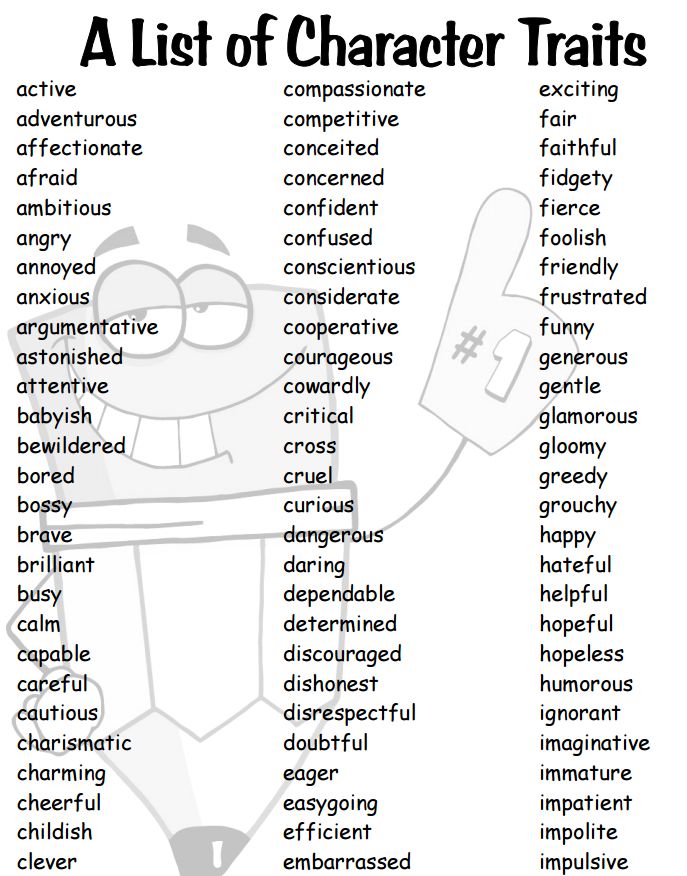 Have them write a letter to a friend or family member using the words. Writing not their thing? They can illustrate a picture or create a comic book strip that shows they know what the words mean.
Have them write a letter to a friend or family member using the words. Writing not their thing? They can illustrate a picture or create a comic book strip that shows they know what the words mean.
Other Vocabulary Resources
- Get your kids a recent Merriam-Webster’s Collegiate Dictionary (Affiliate link)
- Vocabulary Flash Cards (Affiliate link)
- Merriam-Webster’s Website has a Word of the Day
- Check the App Store or Google Play for Vocabulary Apps that offer words of the day, digital flash cards, and vocabulary games.
More resources for homeschooling and virtual learning in New Jersey
If you are new or have been homeschooling for years or are trying out virtual learning for the first time, we’re here to help. Click over to learn more about the Jersey Classroom, our way of providing free printables and educational worksheets for New Jersey students.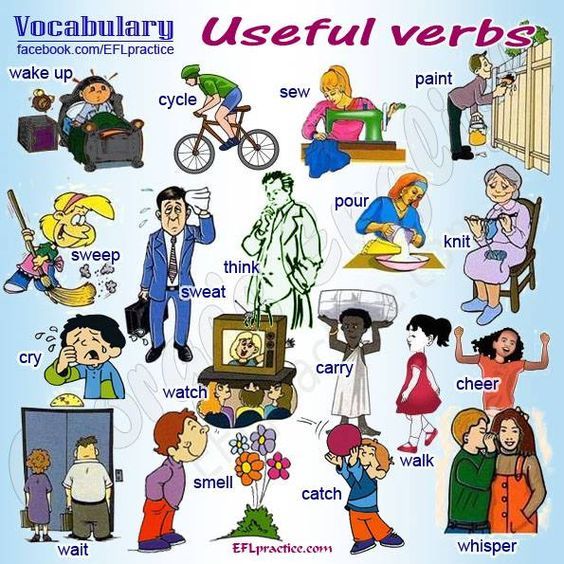 Not in New Jersey? While these printables and worksheets are themed for kids in New Jersey they can be a great resource for any kids who like to have fun.
Not in New Jersey? While these printables and worksheets are themed for kids in New Jersey they can be a great resource for any kids who like to have fun.
7 Proven Techniques for Introducing New Vocabulary in Younger Classes
Five Senses Graphic Organizer
Children learn the meaning of new words in their native language naturally through everyday life. In a foreign language, when the time of its study is limited by a lesson, our task is to bring the process of mastering new vocabulary as close as possible to the natural way of cognition, and here we need to show creativity.
It is known that the mere pronunciation of a word, its definition and repetition, and even adding this word to the "wall of words" in the classroom often does not bring the desired result. Research Says Kids Need to Meet New Words
15-20 times before it is remembered and the child can use the word in the correct context. There are 7 vocabulary building tips for working with younger children where we can do it in a humorous and multi-sensory way by engaging the senses (touch, hearing, sight, smell and taste) - this is the starting point!
1.
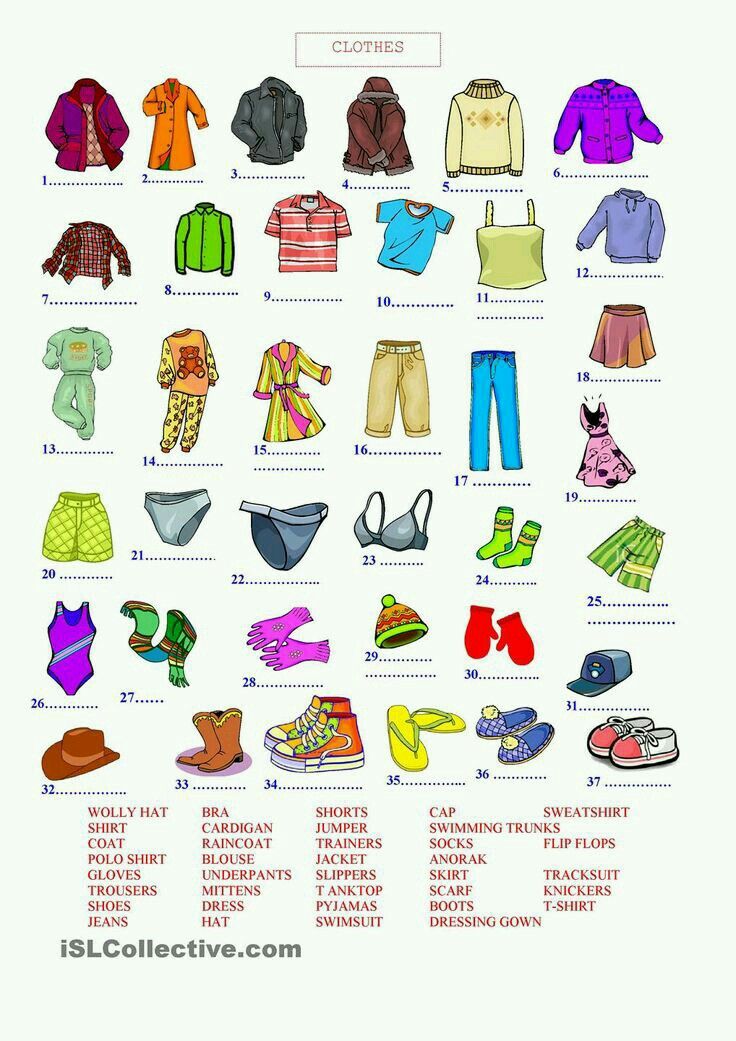 Use a Magic Box/Magic Bag
Use a Magic Box/Magic Bag Choose and put items in the box that will help visualize the word, this will bring an element of anticipation and surprise. For example - pull out a shaggy hat (hairy hat). You might say: What’s a word that I could use to describe this hat? /What word can I use to describe this hat?
2. Use your body
If you choose a word that students can depict, be sure to ask them about this. For example, words denoting emotions (sad, happy, angry, worried) - ask the children to portray, feel these words with their body. Or maybe it's a word they can feel tactilely, like the word "rough". You can take off your shoes and feel rough stones under your feet, for example.
3. Apply!
Once the students have understood and memorized the word, ask them to come up with their own simple sentence with the word.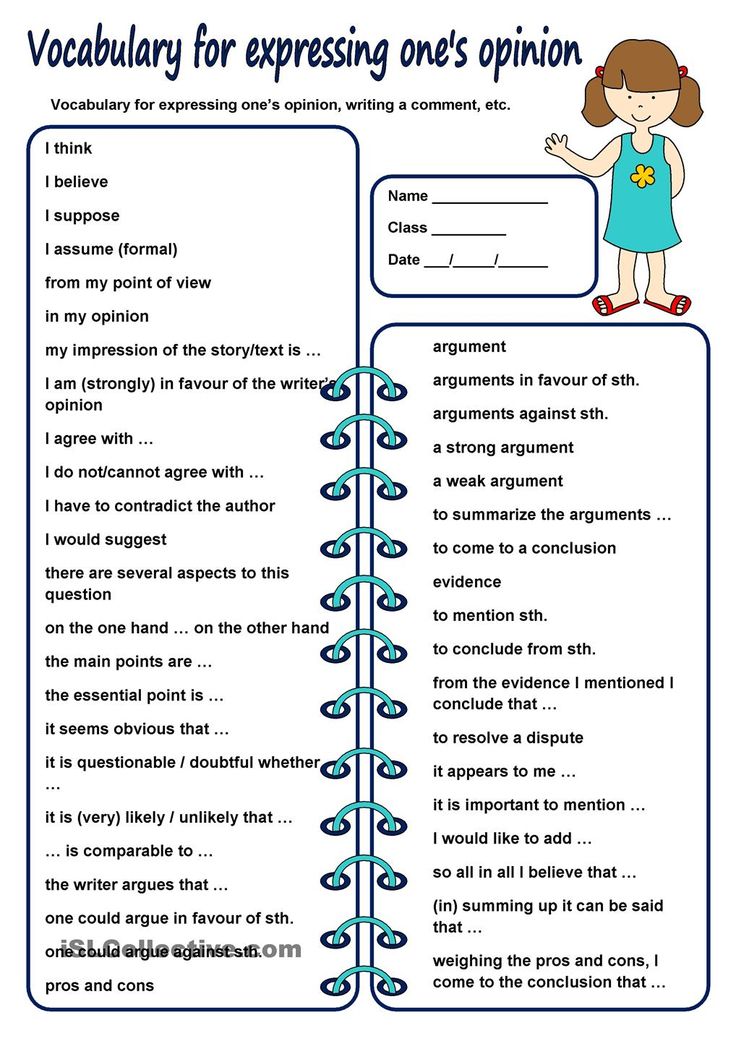 Here, children can become fantasized, usually they do not have enough foreign words to express the invented sentence, they will start asking you for more new words.
Here, children can become fantasized, usually they do not have enough foreign words to express the invented sentence, they will start asking you for more new words.
4. Find a word for books
Strengthening new vocabulary through children's literature is another way to further expand students' knowledge of a word in a different context.
Make a list of 10 new words that you will look up in books. Prepare books with these words and start searching with the students, and then ask the students to independently find more books that contain the words you have chosen.
Journal pages can also be used. And for more involvement, call the game Word Detective, and look for words using a magnifying glass.
5. Get creative
Have the children draw a picture that will explain the word to someone else.
6. Create a Multisensory Board
It is very important that you review the words you have learned regularly and that the children are actively involved in this.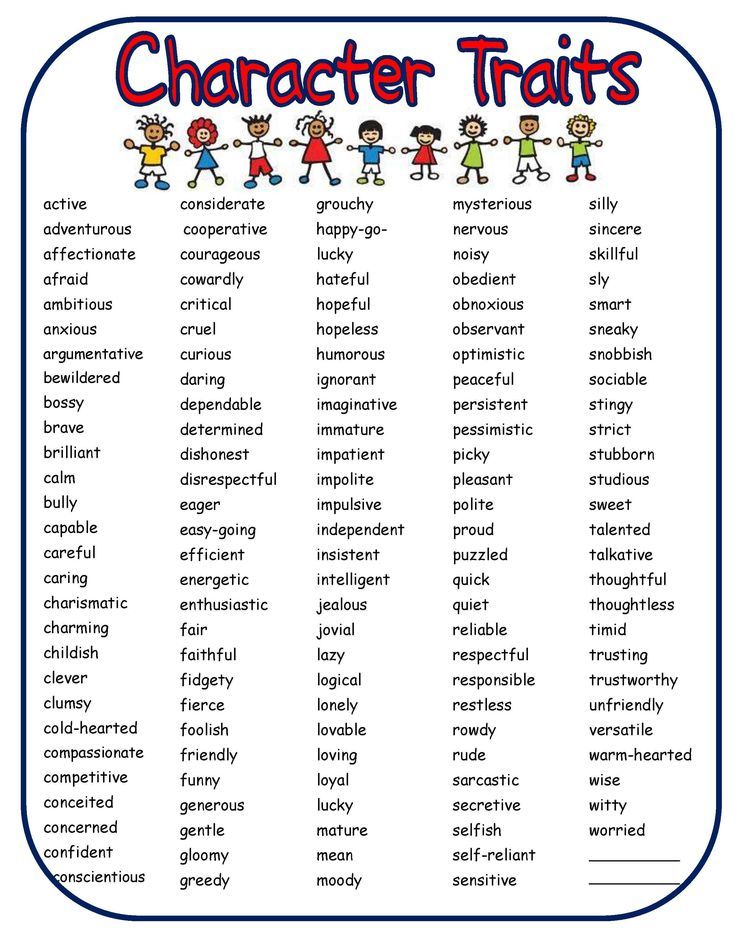 Create a word wall with a twist. Let this wall with words be meaningful for each of your students! For example, if your students are practicing with a hairy hat for the word hairy, attaching that hat to a display with the word "hairy" will create that important association.
Create a word wall with a twist. Let this wall with words be meaningful for each of your students! For example, if your students are practicing with a hairy hat for the word hairy, attaching that hat to a display with the word "hairy" will create that important association.
7. Explore feelings
Depending on the word, you can put it in the Five Senses graphic organizer . This organizer can be started by the whole class in class, and then each student would enter words there on their own. And yet, you can make a general organizer for the class on the wall and put all the words of the week there.
Five Senses graphic organizer
Children's book language requirement. The work of the editor on the apparatus of publications for children and youth
Whoever does not share what he finds is like a light in the hollow of a sequoia (ancient Indian proverb)
Bibliographic entry: Language requirement for children's books.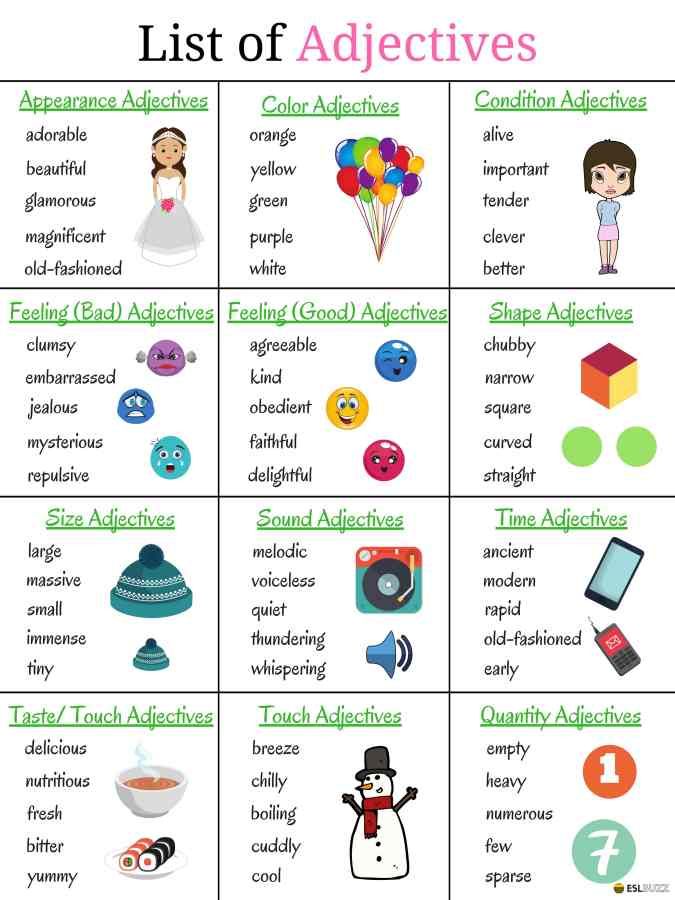 The work of the editor on the apparatus of publications for children and youth. - Text: electronic // Myfilology.ru - informational philological resource: [website]. – URL: https://myfilology.ru//164/trebovanie-k-yazyku-knigi-dlya-detej-rabota-redaktora-nad-apparatom-izdanij-dlya-detej-i-yunoshestva/ (date of access: 19.11.2022)
The work of the editor on the apparatus of publications for children and youth. - Text: electronic // Myfilology.ru - informational philological resource: [website]. – URL: https://myfilology.ru//164/trebovanie-k-yazyku-knigi-dlya-detej-rabota-redaktora-nad-apparatom-izdanij-dlya-detej-i-yunoshestva/ (date of access: 19.11.2022)
Contents
Language requirement for children's books
V.G. Belinsky, reproaching the writers for the heaviness of the style, the extreme "luxury in participles", which kills in children "every opportunity to speak and write in their native language."
He believed that the language of a children's book should be "blossoming in its very simplicity", oriented writers towards the use of colloquial speech in a book for children. He called the language of a folk tale as a model, emphasizing that the language should be grammatically correct, literary, without provincialisms and archaisms, accurate, clear, without complicated periods, sentimental prettiness, sugary lisping, emphasizing that "children's books should be distinguished by special lightness, purity and correct language.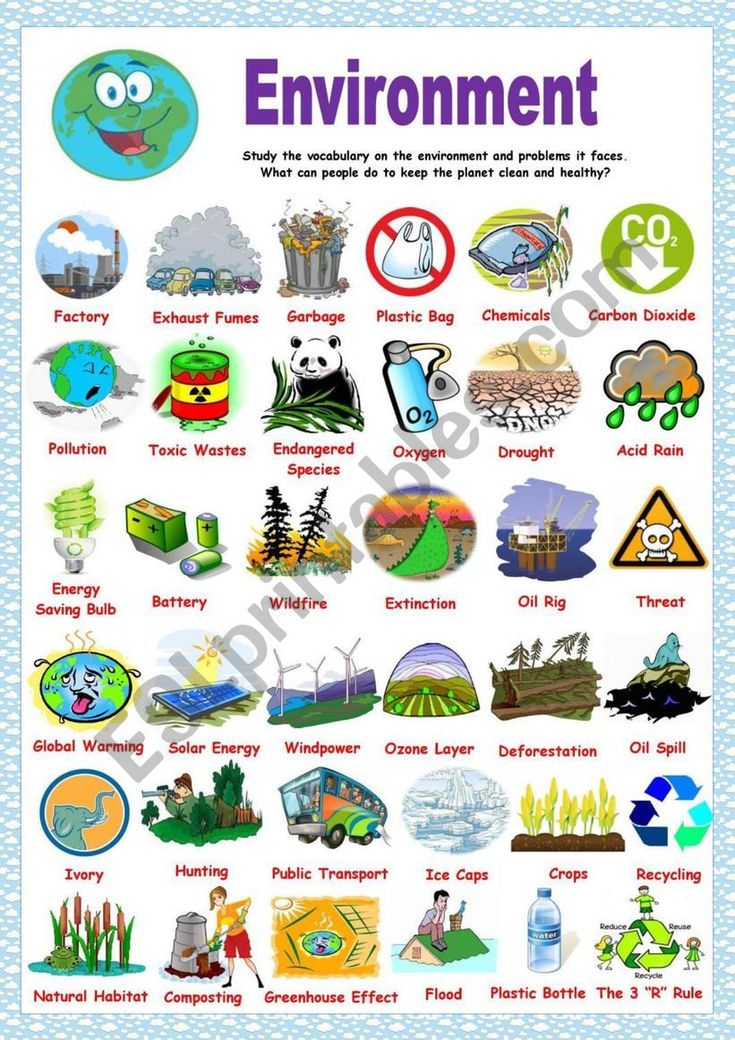 It can be said that Pushkin, Ershov, Zhukovsky, Pogorelsky, Odoevsky showed samples of the language of books for children in their works.
It can be said that Pushkin, Ershov, Zhukovsky, Pogorelsky, Odoevsky showed samples of the language of books for children in their works.
C.D. Ushinsky noted that through the native word, the child enters the spiritual life of the older generations, masters the world outlook and the nature of thinking of the native people, is saturated with its spirit.
The language of works for children was the subject of special attention from N.A. Nekrasov, L.N. Tolstoy, D.N. Mamin-Siberian.
“The language work is terrible. It is necessary that everything be beautiful, short, simple and, most importantly, clear, ”wrote L.N. Tolstoy while working on the "ABC".
“I love definite, clear, beautiful and moderate, and I find all this in folk poetry and language,” the writer shared his thoughts.
L.N. Tolstoy opposed the pseudo-children's language, imitation of it due to diminutive suffixes and words like "bunny", "grass", "bug", "cat". He argued that it is the language that can make the content of the book understandable and entertaining.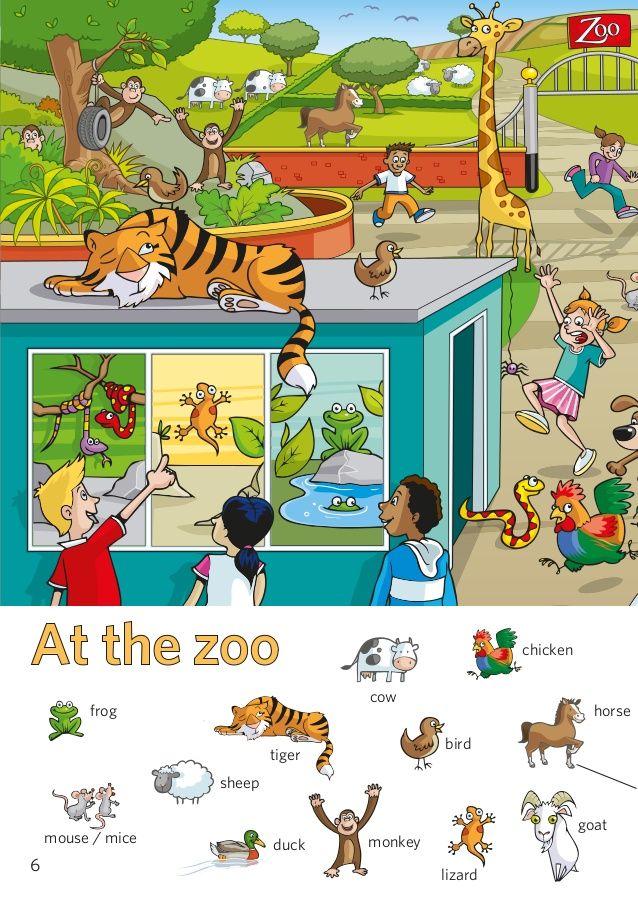
The above quotations, outlining the general requirements for the language of a book for children, have not lost their significance, since they highlight the important qualities of presenting the content of the work. True, it is quite obvious that it is impossible to hide the empty content of the book behind a successful set of words.
An important requirement for the language is the requirement that the language and style of the text match the content. The language structure of a book for children, on the one hand, should be concise, concise, fully express the content of the work, on the other hand, extremely expressive, evoking appropriate associations, refer not only to the logical, but also to the emotional aspect of perception, creating a certain system of ideas and images. . The main requirements for the language can be considered simplicity, expressiveness, comprehensibility to a reader of a certain age, figurativeness and accessibility to the child's perception, clarity and concreteness of presentation.
The editor needs to remember that the clarity of a book depends on the simplicity and clarity of its language.
Considering that the book teaches the reader about the language, the editor should strive to ensure that the book enriches the reader's vocabulary. Hence the requirement that the language of a book for children be normative: the means used must comply with accepted norms, be based on the laws of language, take into account the peculiarities of its development, the trends observed in the active processes of language. It is necessary to use the means of the modern language, introducing the reader to a good literary language and cultivating in him a taste for literate speech. Let's just give one example. The publishing house Federation has released several books for children from the series "Tales of the Cossacks - Nekrasovites", without processing the language of the narrative. As a result, the modern child encounters in the text words that existed at the end of the 19th century, and even with those that were used only by the Cossacks: “The king lived for himself. Velma is rich and mute what to do with his kingdom ... Here once the king comes from the garden domon and gutarit ... ”(from the fairy tale“ Golden Garden ”). “Once upon a time there was one old man, he lived for a long time years ... So he once went to the steppe ...” (from the fairy tale “The Magic Lamp”).
Velma is rich and mute what to do with his kingdom ... Here once the king comes from the garden domon and gutarit ... ”(from the fairy tale“ Golden Garden ”). “Once upon a time there was one old man, he lived for a long time years ... So he once went to the steppe ...” (from the fairy tale “The Magic Lamp”).
Language develops aesthetic principles in the child.
Vocabulary can be enriched in various ways, for example, by introducing new concepts into the text of a book. Highlighting the main features of the concept that determine its essence, one should rely on the life experience of the child (this is how, in particular, the new concepts of “monk”, “pioneer” were introduced for the child in A. Gaidar’s story “The Blue Cup”).
It is also important to show the child that a word, in addition to the main meaning, can have different shades or get the exact opposite meaning, depending on the context in which this word is used.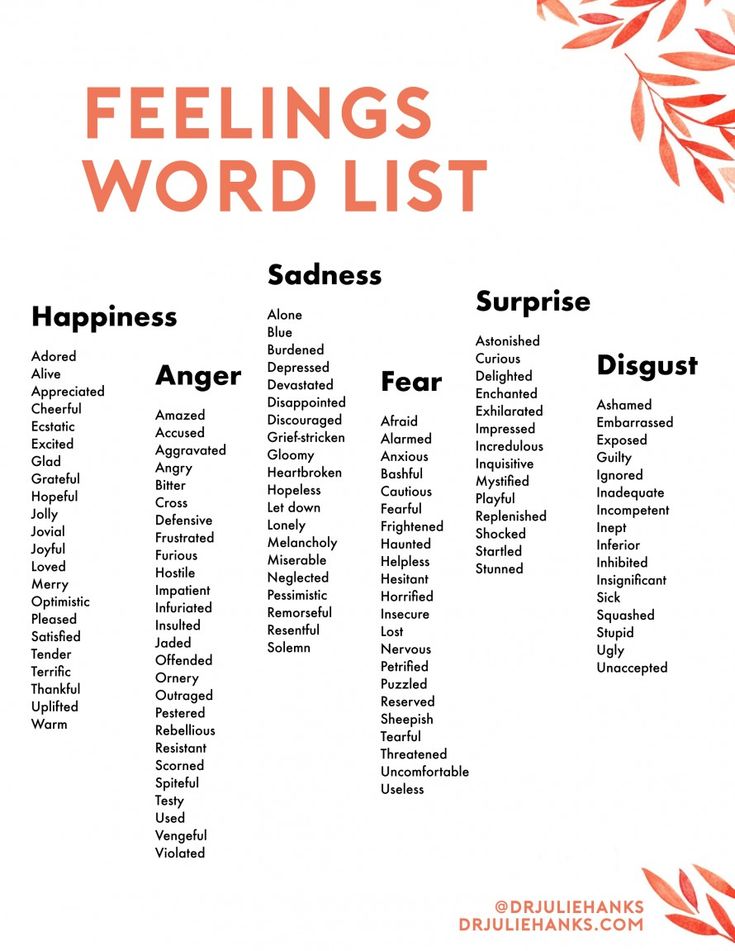
When creating a portrait of a hero, it is desirable to highlight bright, memorable details that immediately catch the eye and remain in the reader's memory. You can, for example, use epithets, comparisons, expressively colored vocabulary.
The term "style" refers to one of the varieties of the language system, which is characterized by an individual originality of expressive selection of words, phraseology, syntactic constructions. However, all this characterizes the style from the standpoint of an individual, singular, characteristic of the works of a particular writer.
At the same time, there are also general principles of the language and style of a book for children, which are determined by the peculiarities of the reader's perception of it.
Researchers from Czechoslovakia in the monograph "Children's book morphology" revealed the patterns inherent in the language of children's literature. So, an indicator of the complexity of the language of the work is the length of the sentence.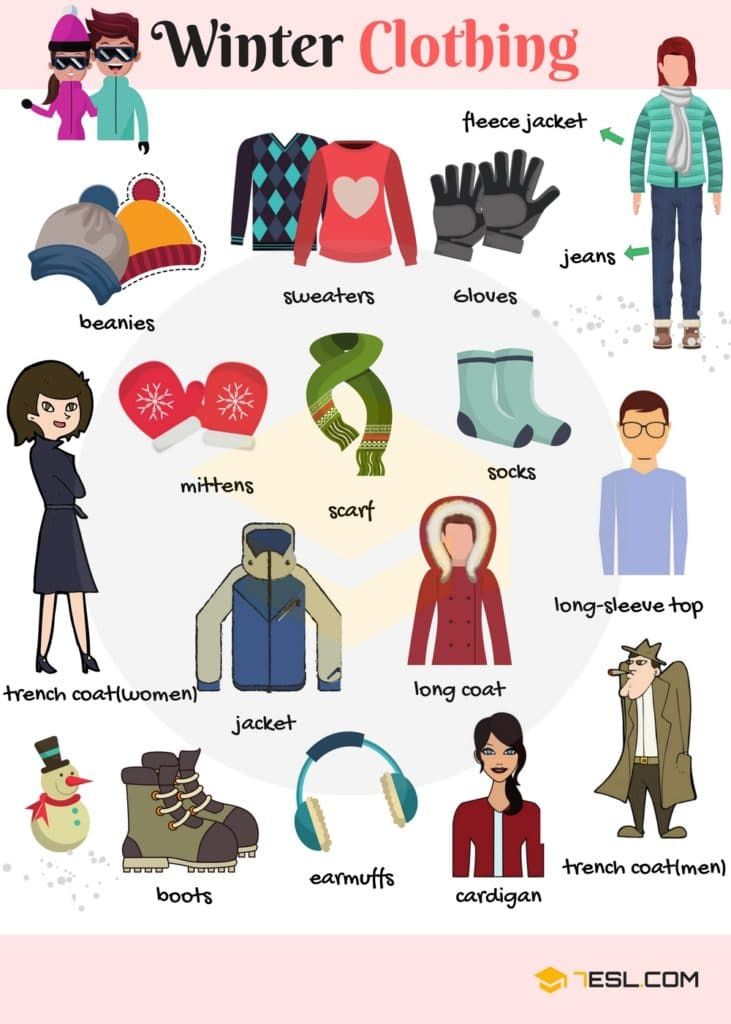 It is known that the longer the sentence, the more thoughts and details in it, the more complex the syntactic links. Sentences in books that are popular with primary school children are between seven and fifteen words long. By the age of 12, children actively perceive already longer sentences containing more than twenty words.
It is known that the longer the sentence, the more thoughts and details in it, the more complex the syntactic links. Sentences in books that are popular with primary school children are between seven and fifteen words long. By the age of 12, children actively perceive already longer sentences containing more than twenty words.
The study of the specific perception of parts of speech shows that the age characteristics of children determine the possibilities and nature of their understanding of the text. For them, separate parts of speech sound differently, so that the editor, when evaluating the language of a children's book, can rely on the results of research in this area. For example, in works for readers aged 6-9, nouns should not exceed 21% of all words in the text; for older children, their number in the text can be increased to 25%. This is explained by the fact that the perception of those episodes and scenes that are described with the help of nouns and adjectives requires the reader to have figurative thinking and good visual memory, which is not typical for novice readers.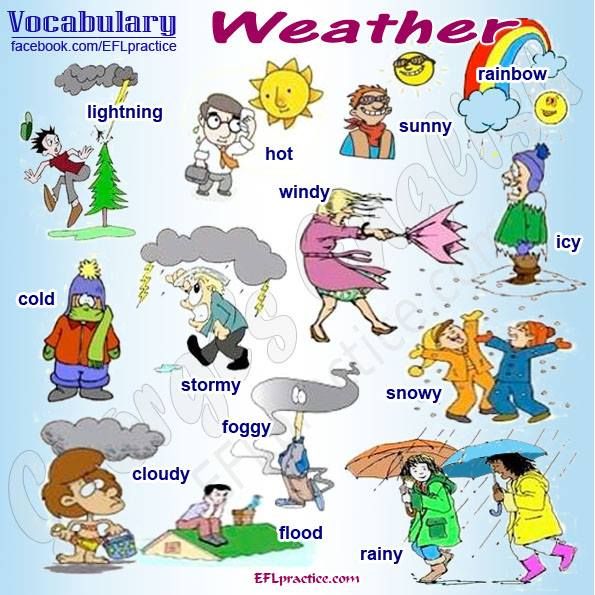
The number of adjectives determines the "descriptiveness" of the features of the subject, which, in turn, contributes to a decrease in the intensity of the action. From the reader, such a text requires great semantic concentration.
It is known that verbs make a phrase dynamic. It is no coincidence that primary school children love to use verbs. Therefore, it is advisable to actively introduce this part of speech into works designed for younger students.
Particular attention should be paid to direct speech (from the author). Such speech creates in the reader the illusion of the reality of the events taking place, increases interest in the hero, more actively than indirect speech, affects emotions, since direct speech itself is usually emotional. Analyzing direct speech, the editor determines the appropriateness of its use in a particular case. This method of presenting material allows you to organically introduce objective assessments of the characters' actions into the text, on the one hand.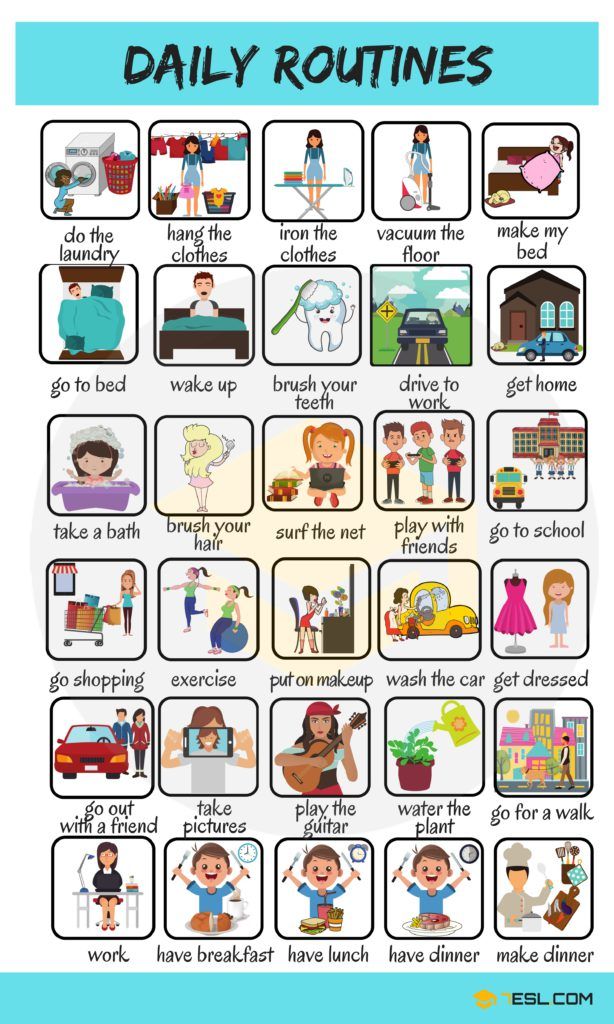
On the other hand, it may turn out that the author “takes the wrong tone” when instructing the reader, condescendingly treating the problems of children's lives.
Therefore, the main requirements for presentation on behalf of the author can be considered the connection of the author's speech with the actual content of the work, the author's ability not to overshadow the characters, and finally, the right tone of the author's speech. The latter depends on the features of the content of the work.
Analyzing dialogues, the editor considers them in two ways. Firstly, the criterion of life reliability is important, which is determined by correctly selected lexical means and the correct transmission of the rhythm of oral speech. Secondly, the dialogue must have a semantic load in the development of the plot of the work. If direct speech is used only to "revive" the action and does not play the role of an element aimed at developing the plot, revealing the meaning of the content, it distracts the reader from the main storyline, scatters attention and, therefore, reduces interest in characters and situations.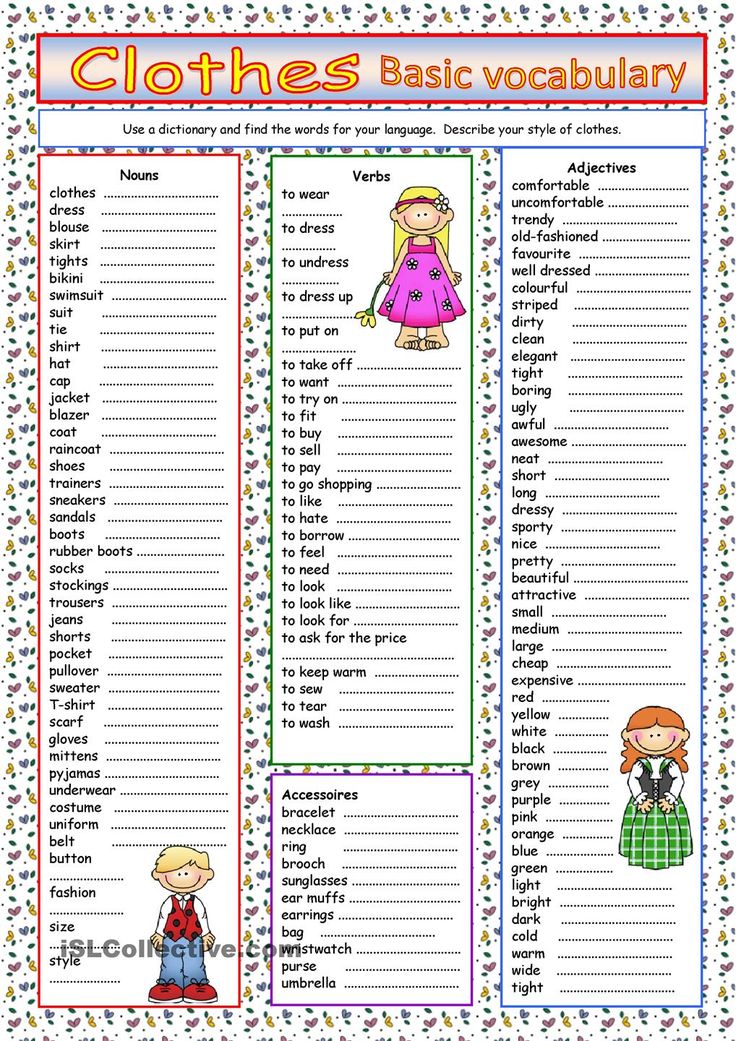
The language of non-fiction requires special attention. An informative book can become more effective and understandable due to the skillful use of language tools.
Let's focus on reference books. The most characteristic feature of such publications is the active use of definitions (brief descriptions of the meaning of any concepts, essential features of objects, phenomena). Therefore, work on definitions (definitions) should occupy an important place in the editorial preparation of the text.
In publications for children, scientific definitions must be combined with accessibility. In addition, in these editions, definitions are often replaced by examples, illustrative material, fragments from literary and artistic works. The main thing is to form the reader's correct idea of the subject or phenomenon.
Since, as already mentioned, the language of a children's book should be figurative, in reference articles it is necessary to use expressive artistic means of language and style.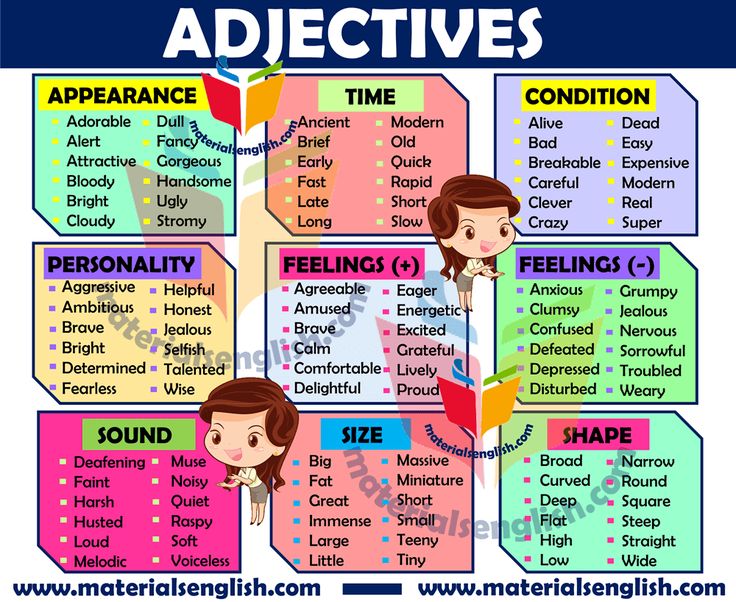
To make the text not only understandable, but also interesting to the child, it is necessary to combine the scientific-cognitive and figurative principles in the narration.
It is known that the language is constantly enriched by new terms, many of them are becoming common. However, the use of terms in the text of a children's book has its limits. The fact is that familiar-sounding words are sometimes endowed by readers with their own content. In addition, it is noted that what is known by name appears to the reader as clear and in meaning; in this case, it is not knowledge itself that is formed, but the illusion of knowledge about the world. Therefore, it is desirable to replace the terms with synonymous designations from the everyday dictionary or metaphorical definitions. If it is impossible to do without a term, it is necessary to find the most appropriate way to explain it in a form accessible to this category of readers.
Articles in children's encyclopedias use a different method of introducing the term compared to the method of introducing the term in articles in "adult" publications.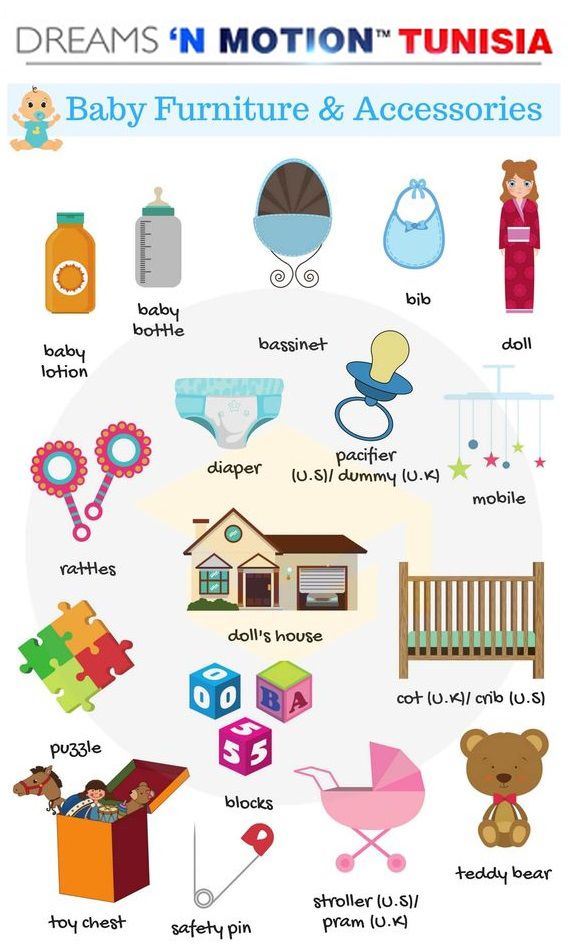 The basic principle of a reference edition - to start an article with a term - is not always fulfilled in editions for children. Sometimes the term is introduced into the text after some general reasoning, which allows the reader to gradually approach the difficult word, perceiving it in a familiar context.
The basic principle of a reference edition - to start an article with a term - is not always fulfilled in editions for children. Sometimes the term is introduced into the text after some general reasoning, which allows the reader to gradually approach the difficult word, perceiving it in a familiar context.
For example, in a reference dictionary for adults, the term begins a dictionary entry: “Rhythm is the organization of musical sounds in their temporal sequence, one of the main expressive and formative means of music ...”. In a dictionary intended for young musicians. the article entitled "Rhythm" does not begin with a definition of the term, but with a definition of the characteristics of the sphere in which the term is used. The article gradually brings the reader to the understanding of the meaning of this term: “In music we meet with long and short sounds. Their alternations, the same or different in duration, form a rhythm. Further, here, in a form accessible to the reader, using understandable, colorful examples, the rhythm is narrated, the meaning of this concept, one of the main musical means of expressing content, is explained.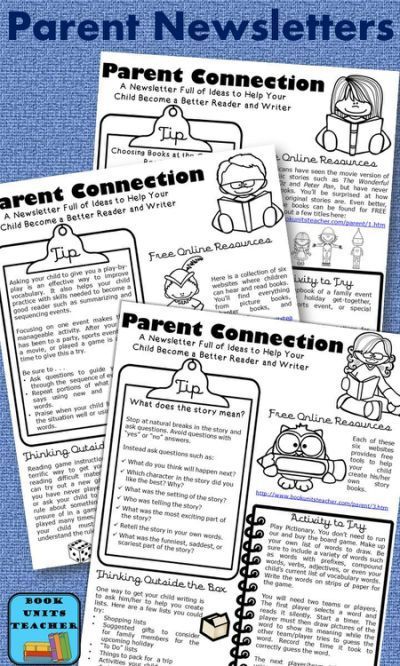 The presentation does not follow a strict scheme and is sufficiently detailed.
The presentation does not follow a strict scheme and is sufficiently detailed.
Another example of the disclosure of the term in the "adult" and "children's" encyclopedic dictionaries.
“Memoirs are a kind of doc. literature, which includes the narration of a participant in public, literary, artistic life about events and people whose contemporary he was ... ”(option from the“ adult ”edition).
“In the very name of this kind of literature, memoirs (from the French memoires, reminiscences), there is an indication that they are about real events that once happened and are now being remembered. So, its main advantage is accuracy, reliability. Opening a book of memoirs, we expect a meeting with an informed and observant interlocutor, capable of judging intelligently and objectively” (option from the “children's” edition).
Comparing these examples, one can notice that the description of the term in the second case has a more common form, affects those aspects that are understandable to the teenage reader and significantly expands his horizons: the author is mentioned here; the specificity of the content of memoirs is shown in terms of the quality of the information used.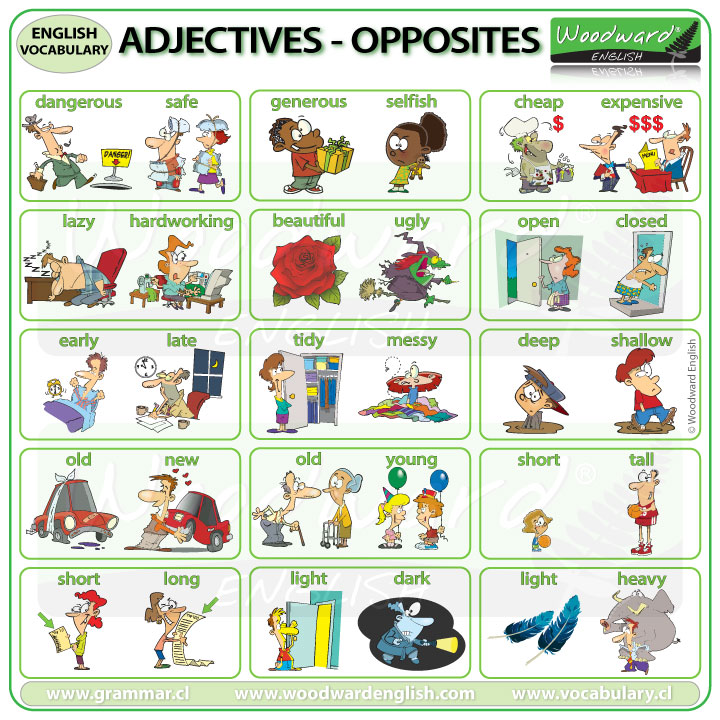 The very tone of the narration is warmer, more trusting, as if a conversation about interesting, deep and at the same time absolutely understandable things begins.
The very tone of the narration is warmer, more trusting, as if a conversation about interesting, deep and at the same time absolutely understandable things begins.
The tone of confidential conversation is typical for articles in reference publications intended for adolescents, and the narrator behind each article actively uses colloquial vocabulary. Let us give an example from the article “Commedia dell'arte”: “The performance was played by wandering actors. The head of the troupe - capomiko set the plot, and two cheerful zanni (servants) - Prichella and Harlequin came out on the stage; the stingy, arrogant and ailing merchant Pantalone; a learned fool Doctor of Jurisprudence from Bologna; cowardly braggart Captain; sharp-tongued servant Servette. Lovers appeared, and a merry carousel began: the old people, as usual, interfered with the union of lovers, and the young, with the help of lively servants, left them in the cold.
In many cases, the method of gradual summing up to the term is used: “You can often hear or read that, for example, in the fable of I.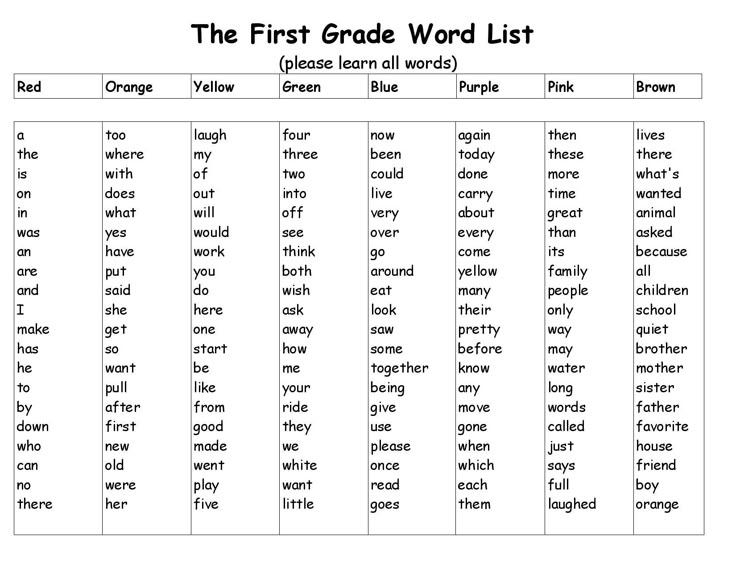 A. Krylov's "Wolf in the kennel" under the Wolf refers to Napoleon. In G. Narbut's illustration for this fable, the Wolf is even depicted with a Napoleonic cocked hat, and the hunter is given features of resemblance to Kutuzov. However, if the meaning of the fable were reduced to this, we would have a simple allegory before us. Then, without knowing Napoleon, we simply could not read this fable. But “The Wolf in the Kennel”, like any fable, has a generalized moral meaning and only hints at the events of the Patriotic War of 1812. Such a hint is called an allusion (from Latin allusio a joke, a hint).”
A. Krylov's "Wolf in the kennel" under the Wolf refers to Napoleon. In G. Narbut's illustration for this fable, the Wolf is even depicted with a Napoleonic cocked hat, and the hunter is given features of resemblance to Kutuzov. However, if the meaning of the fable were reduced to this, we would have a simple allegory before us. Then, without knowing Napoleon, we simply could not read this fable. But “The Wolf in the Kennel”, like any fable, has a generalized moral meaning and only hints at the events of the Patriotic War of 1812. Such a hint is called an allusion (from Latin allusio a joke, a hint).”
You can also use the synonymization technique when introducing a term into the text. For example: “If a confrontation of multidirectional forces arises in a literary work - social, natural, political, moral, philosophical, if the opposition of characters to circumstances, each other or different sides of the same character is embodied in the artistic structure of the work, then such an opposition is called an artistic conflict, or artistic collision (from lat.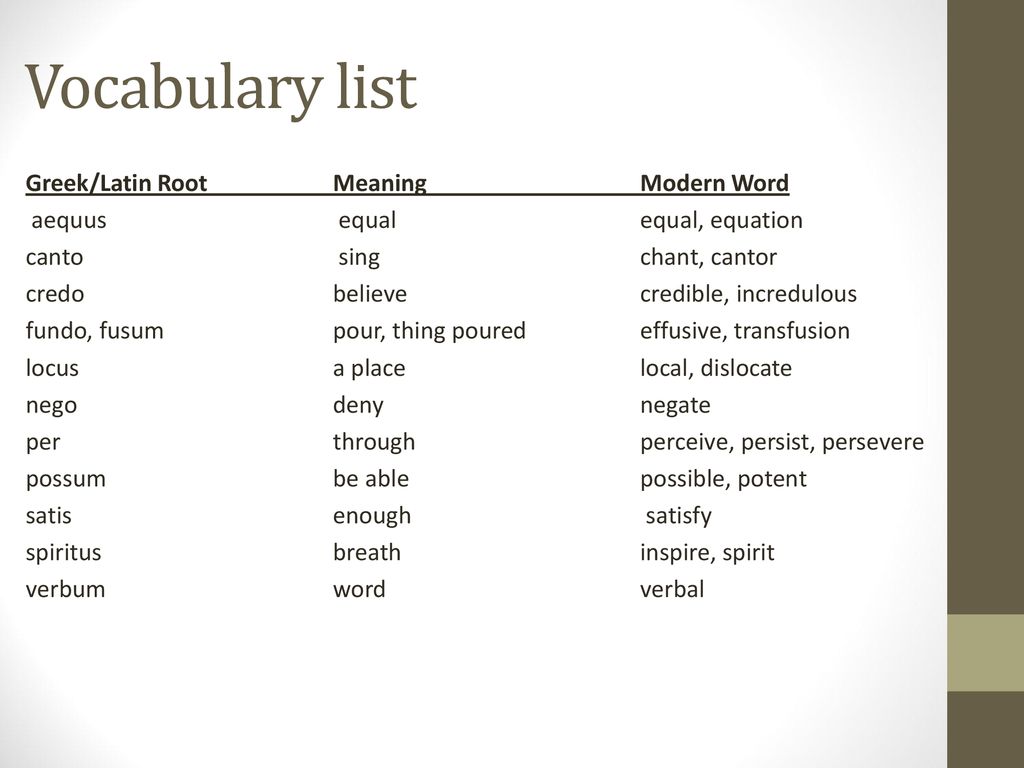 collisio - collision).
collisio - collision).
No less successful for a children's edition is the method of analogy when introducing a complex term into the text, when analogies are used to clarify concepts. Let's give an example of an explanation of the term "angemiton pentatonic scale": "Try to play only black piano or accordion keys. Isn't it true that these unusual melodies are somewhat reminiscent of Chinese, Mongolian or Tatar music? This happens because the black keys reproduce the scale on which the music of many non-European peoples is built. Such a scale is called anhemitonic pentatonic: anhemitonic means “non-semitone”, “pentatonic” means five sounds (from the Greek words “pente” - five and “tonos” - sound).
It is through language that a child enters the spiritual life of older generations, acquires knowledge and ideas about the surrounding reality, learns the world and feelings, masters the criteria of morality, enriches himself aesthetically, learns to adapt to external situations, masters the skills of his own behavior.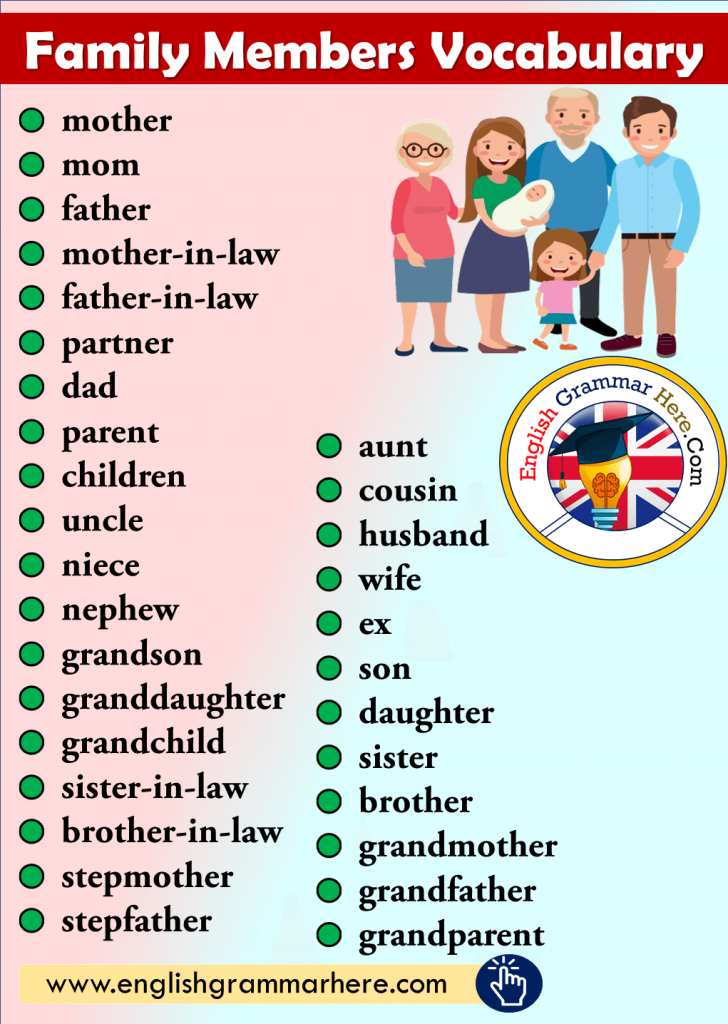 Therefore, the language of a children's book becomes a powerful tool for influencing the formation of the personality of children.
Therefore, the language of a children's book becomes a powerful tool for influencing the formation of the personality of children.
Russian literature of the 19th century has excellent examples of the language and style of children's books. The magnificent pages of fairy tales by A. Pushkin, P. Ershov, A. Pogorelsky, V. Odoevsky are first of all good precisely from the side of the skillful use of linguistic means. Children learn Russian from these works. Writers who create their works learn from them. An editor who has devoted himself to children's literature should also know well the peculiarities of the language of the best works of children's literature, and correlate his requirements for the language of new works with these samples.
This is not about copying established standards. We are talking about the fact that the developing language in the creation of a children's book is used carefully, consciously, meets the general evaluation criteria that meet the works that are included in the "golden fund" of children's literature.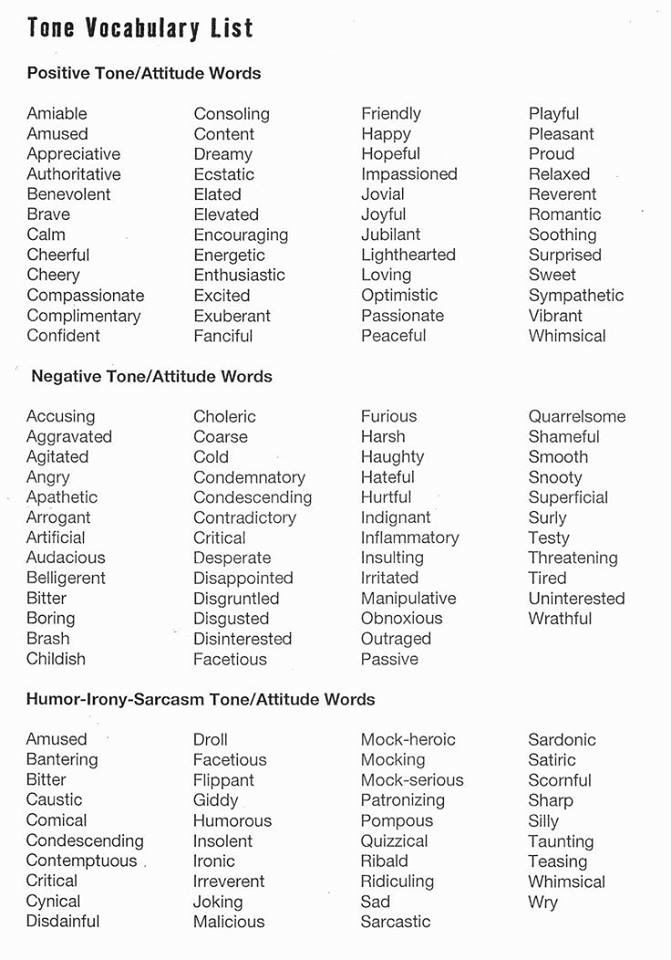
It is clear that studies of the peculiarities of the perception of language structures by children of different ages give the editor the opportunity to more reasonably formulate his requirements for authors.
Editor's work on the apparatus of publications for children and youth
The apparatus for children's publications is simple.
Mandatory elements of the apparatus necessary for processing a publication in libraries and information services, as well as for organizing work with it (reading guidance, classification, propaganda, studying reader demand, etc.), are based on GOSTs.
The rest of the elements perform primarily a teaching function. The device should be aimed at increasing the level of perception of the content.
However, the editor, as the main creator and organizer of the apparatus, should not strive to “equip” all the complex, obscure aspects of the work so that all difficult issues are explained in the preface or in the comments.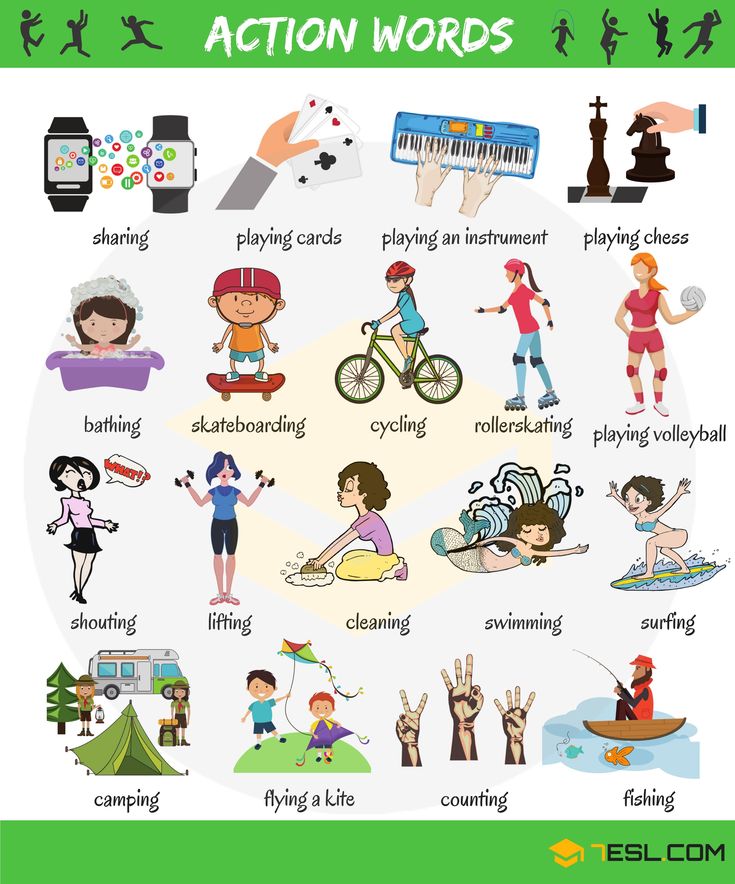 As a result of acquaintance with the book, the reader should receive and develop the skills of mastering information, in some cases relying on innate intuition. I must agree with V.G. Belinsky, who warns against unnecessary comments and explanations:
As a result of acquaintance with the book, the reader should receive and develop the skills of mastering information, in some cases relying on innate intuition. I must agree with V.G. Belinsky, who warns against unnecessary comments and explanations:
“After all, we, adults, read a good novel not as a fiction, but as a true story... Why deprive children of this charm? Excessive explanations, acquaintance of children with the text “through criticism”, through a ready-made opinion lead to the fact that readers begin to “reinterpret feelings in their own way that are inaccessible to them”, become empty phrase-mongers. This leads to the destruction of the aesthetic sense.
The apparatus of publications for children should have a didactic orientation. As with any other element of the publication, when preparing the apparatus, it is necessary to take into account the age characteristics of readers, the type of publication, and the type of literature.
The choice of elements and composition of the apparatus are determined by the age of readers.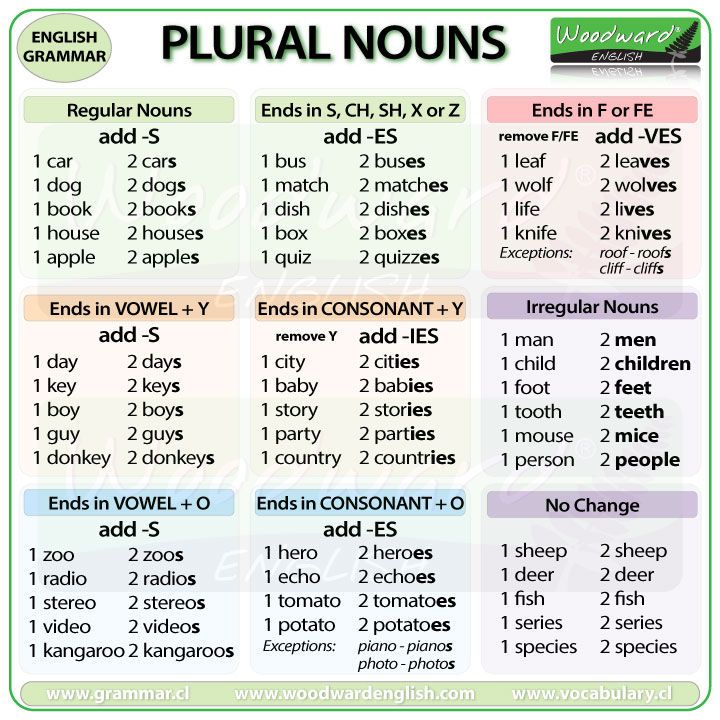 The older the children, the more complex the apparatus may look.
The older the children, the more complex the apparatus may look.
Thus, in the serial publication "My first books" (publishing house "Children's Literature"), addressed to preschoolers, the reference apparatus is minimal and includes imprint, table of contents, bibliographic list of published books in the series.
The simplest apparatus is used in a literary and fiction book. The interpretation of incomprehensible words and expressions is given not in the comments, but in interlinear materials, since readers of primary and secondary school age do not have the skills to work with a book when reading a work of art and refer to dictionaries, comments, indexes.
The reference apparatus of the collected works includes an introductory article, comments, table of contents, annotation. The introductory article, as a rule, is a biographical scientific and artistic essay.
The main criteria for evaluating such an article by the editor are determined by the nature of its content.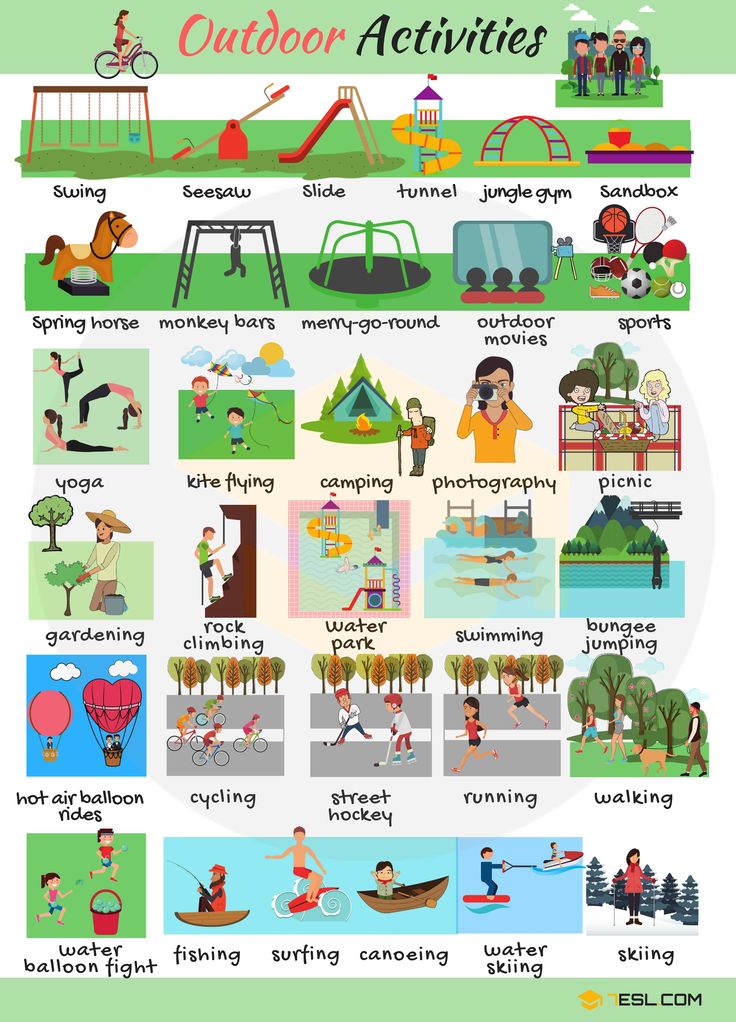 Thus, the completeness of the material involves showing the biography, creative fate and features of the author's work.
Thus, the completeness of the material involves showing the biography, creative fate and features of the author's work.
The criteria for evaluating comments are also determined by the nature of the content and the specifics of the reader's address.
The content of comments involves the use of textual and real-historical information. The main requirements of the editor for these materials are the availability of the given characteristics, the organic connection with the content of the work, as well as with other elements of the apparatus, primarily with the introductory article.
Collections for children may include an introductory article (the beginning of a "conversation" with the reader), annotation, content. Introductory articles are written by guest commentators (for example, a well-known writer, artist, scientist) or by the editors themselves. In the latter case, the editor has the opportunity to draw the reader's attention to the publication as a whole, to show its characteristic properties, to reveal a little "laboratory" of the editor and publisher, to explain why the work of literature has become the subject of this publication.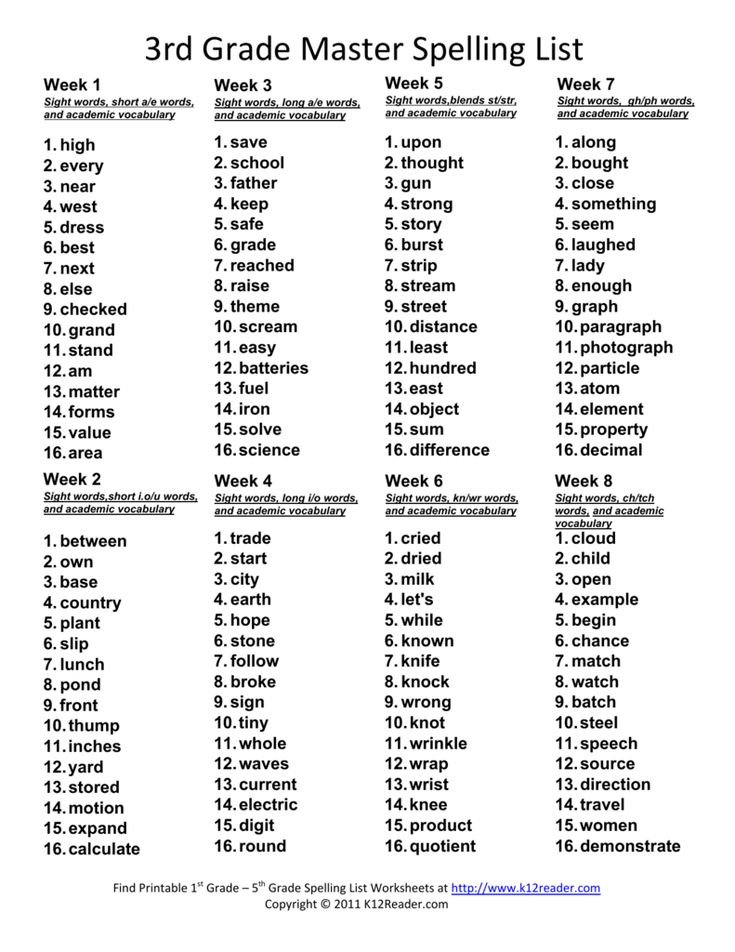
Contents (table of contents) can be placed at the beginning and at the end of the book. Its place is determined by the features of this edition. So, if the titles of the works included in the collection can stimulate or enhance the interest of readers, "tune" them to reading, focus on certain aspects of presentation, then, obviously, the content should be placed at the beginning of the publication.
However, the main measure of the quality of the apparatus is the ability to increase the degree of assimilation of the content, increase interest, and make the work more accessible to a specific group of readers.
Most often, a book for children includes an introductory article, a table of contents (contents for a collection), and an annotation. Despite the fact that the features of the annotation are determined by GOST, when compiling it, it must be taken into account that both the child and the adult will get acquainted with the annotation. Therefore, the characterization of the work should take into account the peculiarities of the interest of those children to whom the publication is intended, emphasizing the relevant aspects of the work.
An introductory article may include a child reader and an adult reader. But as the reader's age increases, this element of the apparatus narrows the reader's address, addressing only the child reader directly. For example, the apparatus of the publication "Library of World Literature for Children" (BMLD) is focused on the perception of the readers themselves. Here the introductory articles are addressed directly to the children. This is how the preface to the 4th volume (contains selected works of M. Yu. Lermontov) written by Irakli Andronikov, the preface to the 18th volume (contains the works of A. A. Fadeev "Young Guard", "Defeat"), written by M. Alekseeva, preface to the 25th volume (contains fairy tales, songs, riddles, poems, memoirs by S.Ya. Marshak), prepared by U. Smirnova.
The editor should remember that the material that opens the book for children should be the first step in introducing the reader to the content. Therefore, the significance of the content of the introductory article and the accessibility of the form can be considered as the main criteria for its evaluation.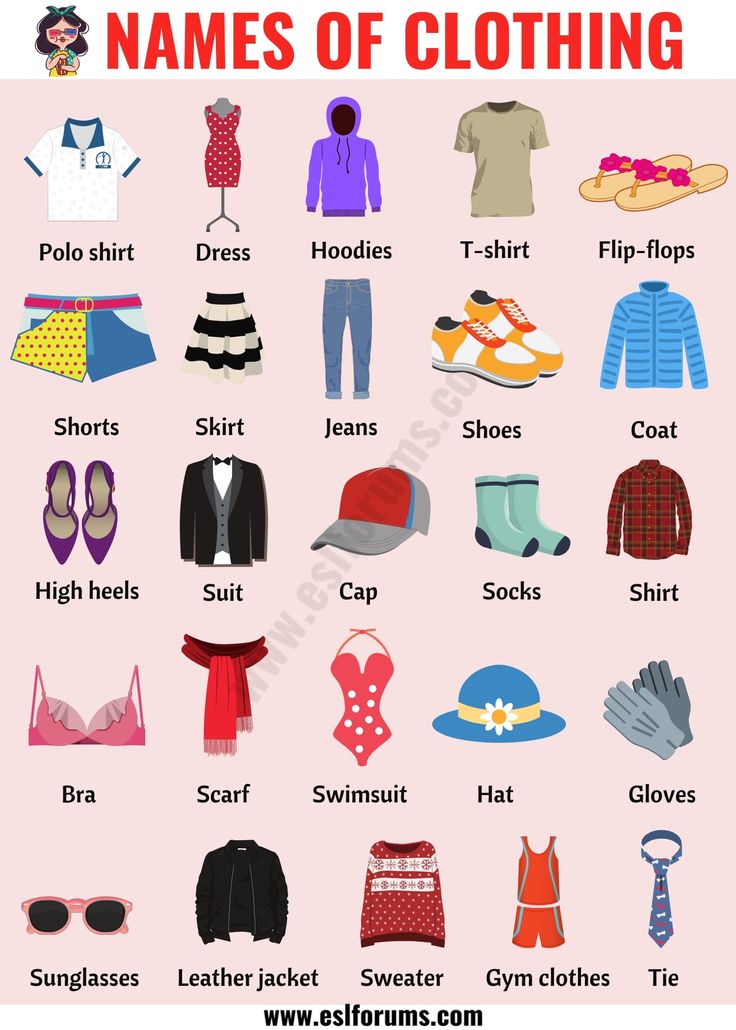 For example, the aforementioned preface to the 4th volume of the BMLD “The Image of a Poet” by Irakli Andronikov contains an interesting conversation of a specialist who not only knows Lermontov very well, but is also in love with his work, got used to the fate of the poet. It is clear that the creation of a preface of such a plan is a lucky find for the author and editors. The introductory article to the 12th volume on Dostoevsky and Chekhov, prepared by N. Kulenkov, raises the question of the difference and unity of the two geniuses. Here the author raises the reader to the level of literary criticism of artistic creativity - an important task, difficult to perform, which is perfectly solved thanks to some unexpected comparisons of works ("Students" and "Black Monk" by Chekhov with "Double" and "Mistress" by Dostoevsky). The reader thus gets acquainted with a new perspective of the series - literary criticism.
For example, the aforementioned preface to the 4th volume of the BMLD “The Image of a Poet” by Irakli Andronikov contains an interesting conversation of a specialist who not only knows Lermontov very well, but is also in love with his work, got used to the fate of the poet. It is clear that the creation of a preface of such a plan is a lucky find for the author and editors. The introductory article to the 12th volume on Dostoevsky and Chekhov, prepared by N. Kulenkov, raises the question of the difference and unity of the two geniuses. Here the author raises the reader to the level of literary criticism of artistic creativity - an important task, difficult to perform, which is perfectly solved thanks to some unexpected comparisons of works ("Students" and "Black Monk" by Chekhov with "Double" and "Mistress" by Dostoevsky). The reader thus gets acquainted with a new perspective of the series - literary criticism.
In other words, the device should be aimed at expanding the reader's knowledge, at forming his interest.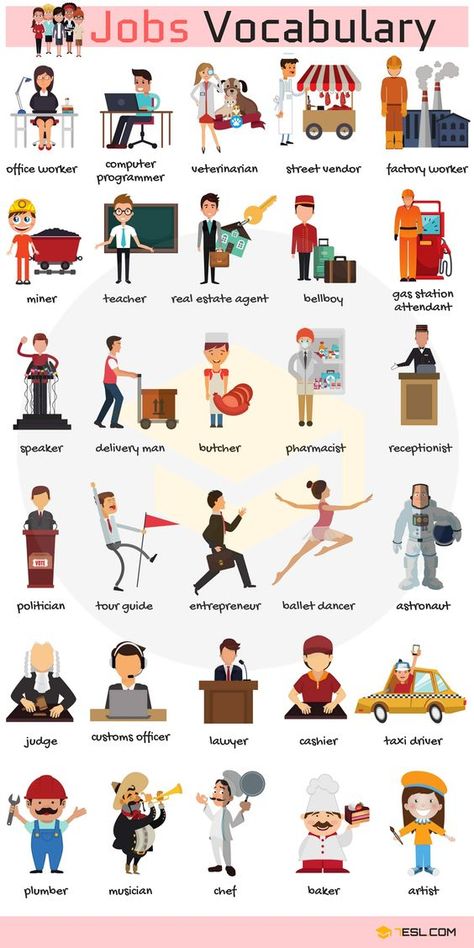
Historical references can be considered as an important element of the apparatus of this series. Moreover, it is important that they not only trace the creative path of the writer, but also give a description (at least in general terms) of the time of his life: culture, art, mention the names of famous contemporaries.
Due to the uniformity of the reference apparatus, the unity and integrity of the serial publication is also ensured. Thus, in the named series, each volume includes a preface, the text of the work, comments, a dictionary, a table of contents, an annotation. Since the requirements for the apparatus and its composition are determined during the formation of the publication model, the editor immediately formulates the main criteria for evaluating each element, decides on the organizational and methodological issues of preparing the apparatus (composition of authors, main content), the possibility of ensuring the integrity of the series at the expense of the apparatus (information about the series, lists of released and forthcoming volumes, etc.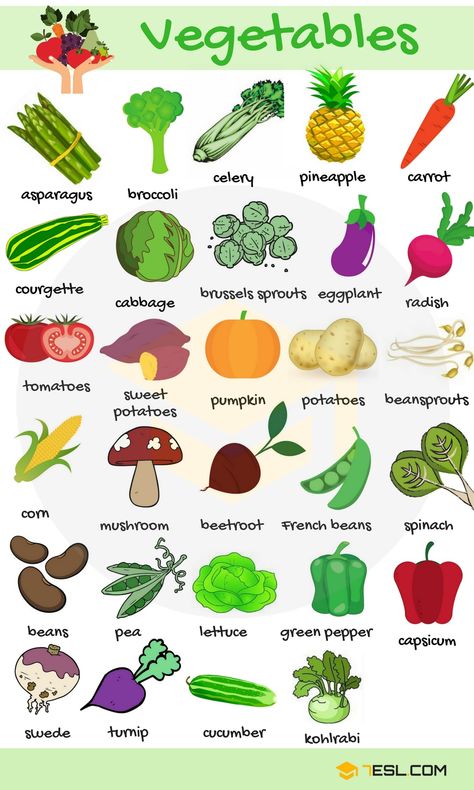 ).
).
The apparatus of a reference publication includes elements of two types: those characterizing the publication as a whole and characterizing individual articles. The first group includes annotation, preface or introduction, index system, content, the second group includes comments and references.
Encyclopedic dictionaries of a young musician and a young literary critic include author's and editorial prefaces; they substantiate the need for the appearance of the publication, outline the range of issues raised in the books.
The editorial preface is methodical in nature, making it easier for the reader to use the publication.
In the "Encyclopedic Dictionary of the Young Spectator" both functions are performed by one preface "From the Editorial Board".
Dictionaries are provided with alphabetical, subject-nominal indexes, including titles of articles and terms found in the text, indicating the pages on which they can be found.
For such indexes, the criterion of completeness of the content reflection is especially important.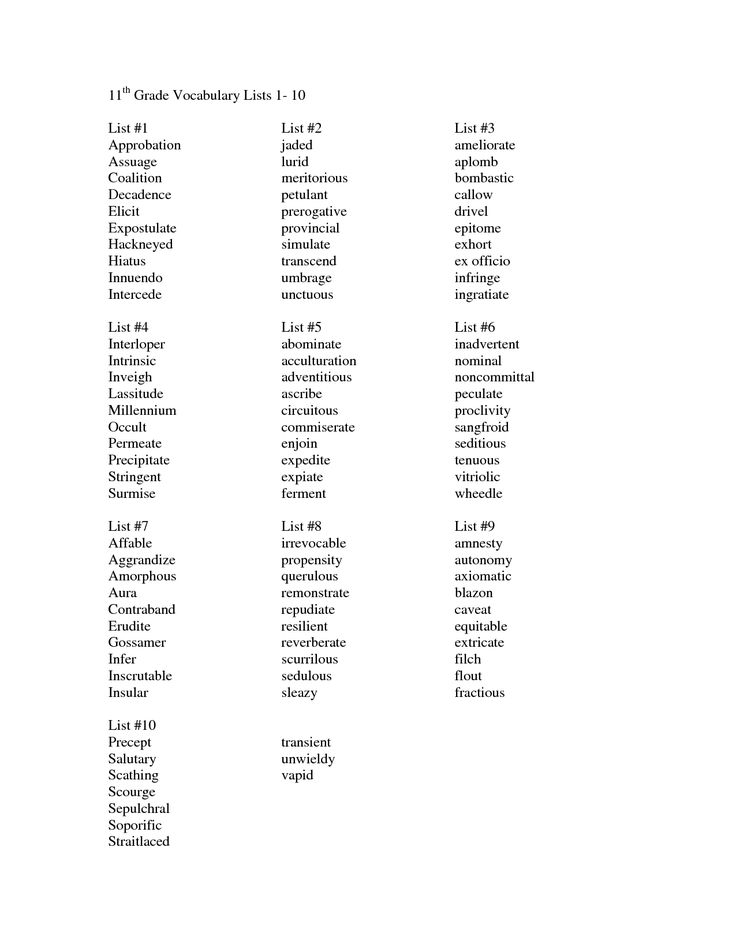 On the basis of such an index, the reader finds the names, events, etc. he needs. Therefore, the absence in the index of the “Dictionary of a young literary critic” named after N.V. Gogol can be seen as a significant miscalculation of the editor.
On the basis of such an index, the reader finds the names, events, etc. he needs. Therefore, the absence in the index of the “Dictionary of a young literary critic” named after N.V. Gogol can be seen as a significant miscalculation of the editor.
Let's talk about the system of indexes for children's literature. So, for historical subjects, name indicators should be used. It is clear that deaf pointers should not be compiled.
The principle of reflection of terms (for example, inversion in phrases) must be clearly maintained and explained in the preface.
In addition, the use of the index would be facilitated by a combined construction - alphabetical-systematic: in the first row, in this case, keywords and names should be placed in alphabetical order. In the second row, group, also arranging them in alphabetical order, subordinate and secondary concepts that are dependent on the main word. Firstly, such an index helps to use the publication. Secondly, it generalizes and structures the knowledge presented in the book, establishing links between individual phenomena and objects.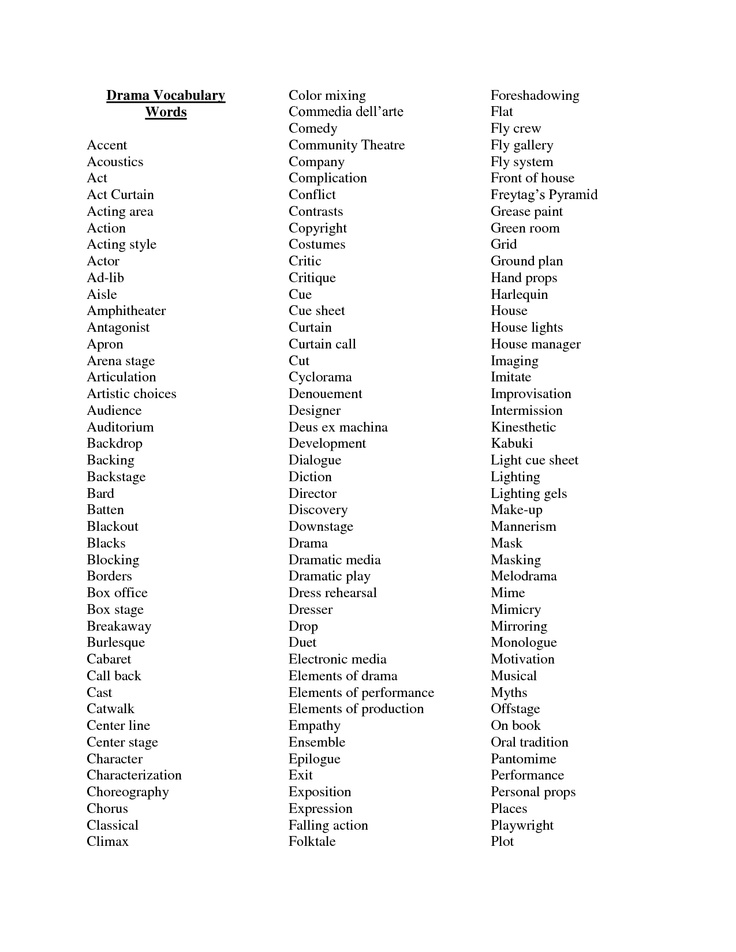
The reference system in a children's reference book needs to be balanced against the reader's perceptual capabilities. Excessive enthusiasm for them disperses attention, splits individual materials into fragments, complicating their assimilation. At the same time, links also make it possible to show connections between different areas, to unite the general and the particular.
The Young Musician's Encyclopedic Dictionary, for example, uses the principle of references from the general to the particular: "New genres appear, caused by changed living conditions (see Pioneer songs, Film music)". Or from the particular to the general: “In Kievan Rus, the line of entertaining music was represented by the art of buffoons (see Old Russian music).”
It is advisable to include lists of recommended literature in publications for children. In encyclopedic dictionaries, such lists are placed at the end of editions and are arranged according to thematic sections. They significantly expand the boundaries of the content of the book and can affect the reading circle of children.
In editions of recommended bibliographic indexes for children, the apparatus acquires an independent meaning, because the list of titles of recommended works can say little to an unprepared reader.
The criteria for editorial evaluation of a bibliographic index are determined primarily by the pedagogical orientation of such a publication. The selection of literature should here be carried out taking into account the content of interest of specific categories of readers. The grouping of bibliographic records, obviously, helps the reader to navigate in the book array, independently choose one or another publication. Special attention should be paid to annotations accompanying bibliographic records. It is desirable that they not only characterize the content, but draw the reader's attention to the features of the work, anticipating and clarifying some aspects of the perception of its meaning.
The editor's special concern is the reference apparatus of the publication of the bibliographic index. It is quite obvious that the preface or introductory article to such a publication plays a significant role in the performance of the cognitive and educational function. The preface should combine methodological and popular science aspects, showing the features of the literature reflected in the index and helping the reader to work with the information publication.
It is quite obvious that the preface or introductory article to such a publication plays a significant role in the performance of the cognitive and educational function. The preface should combine methodological and popular science aspects, showing the features of the literature reflected in the index and helping the reader to work with the information publication.
Analyzing the structure of the index, the editor determines the degree of completeness of the disclosure of the topic of the index and its integrity, and these qualities are especially important for the children's audience. Of course, the young reader looks in the index for all the literature on the topic of interest to him, especially since the printed edition is authoritative for every child. Therefore, in the preface it is necessary to inform the reader how the literature was selected, what and why was included in the index or why it was left out of it.
Since one of the main functions of such indexes is the evaluation function, the editor, when analyzing the preface, focuses not so much on the opinion of a particular author, but rather examines the compliance of the evaluation criteria for publications reflected in the index with existing generally accepted criteria.

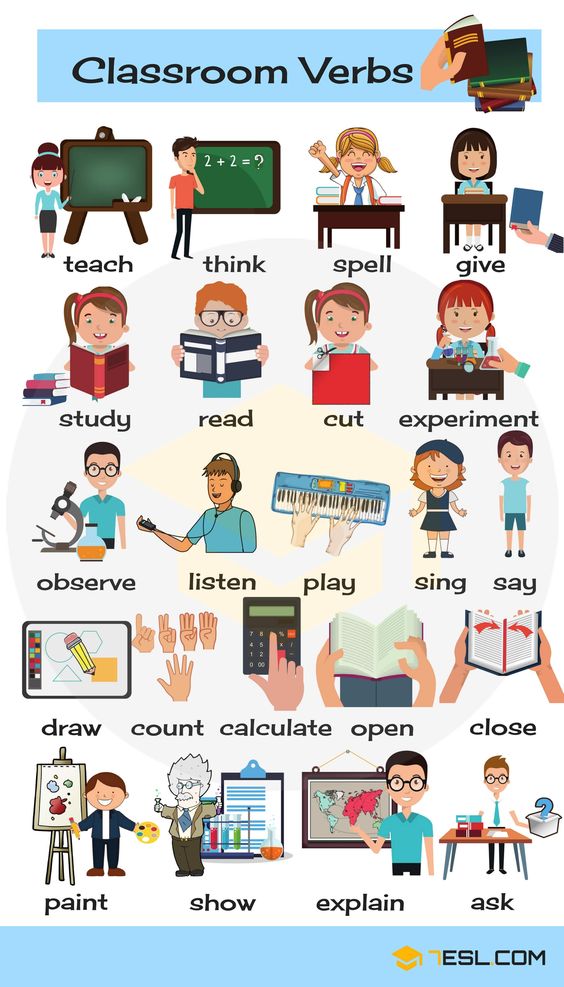 *
*